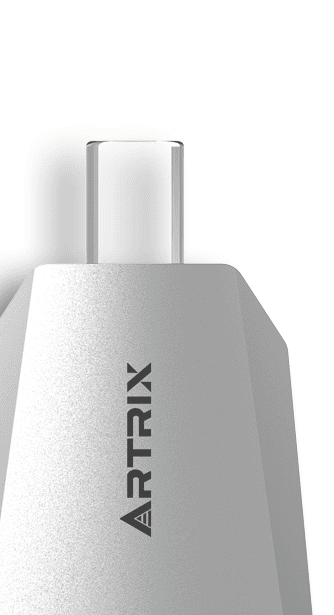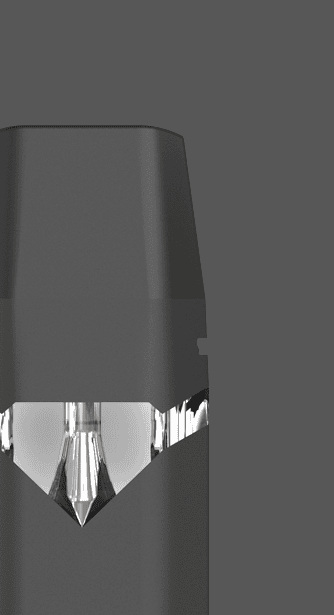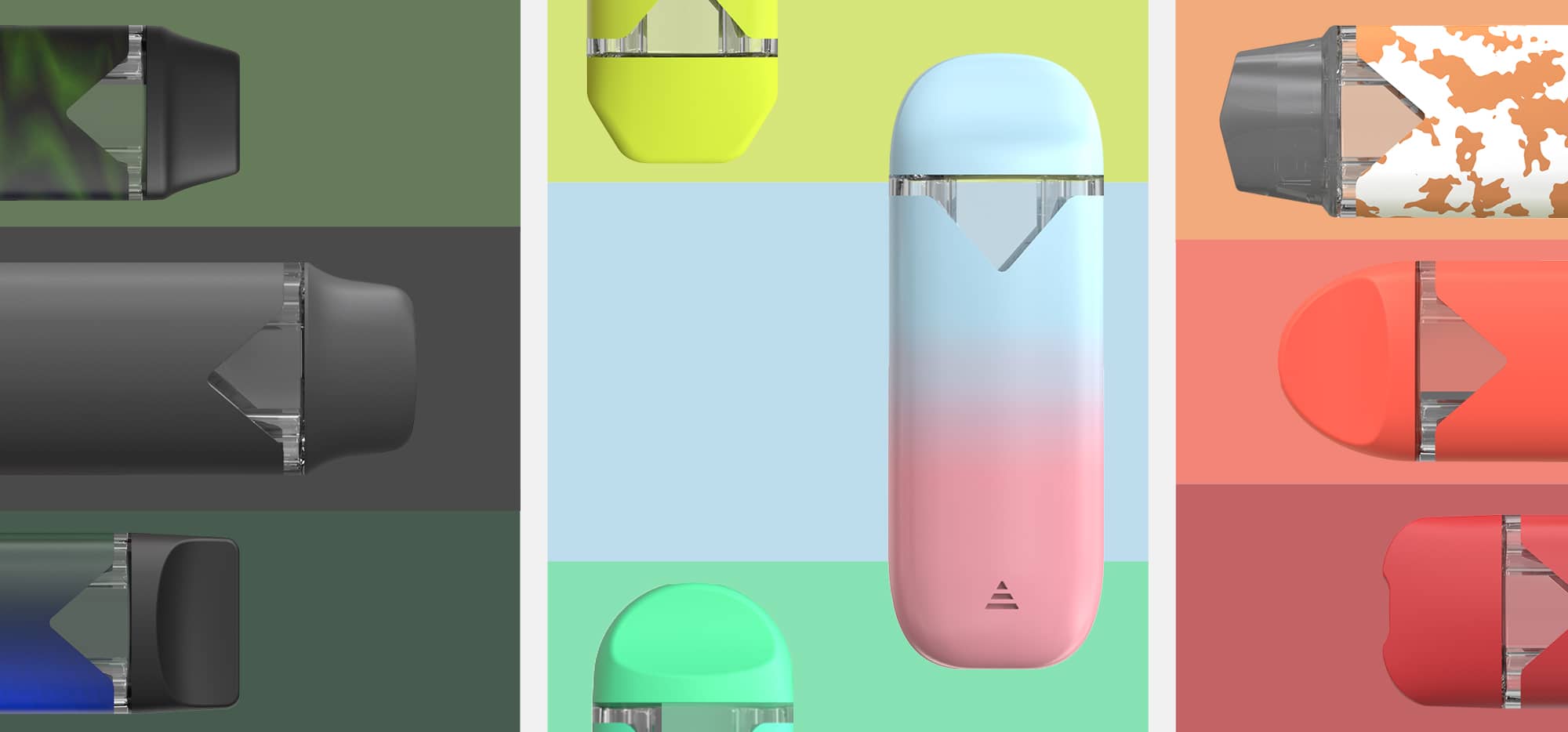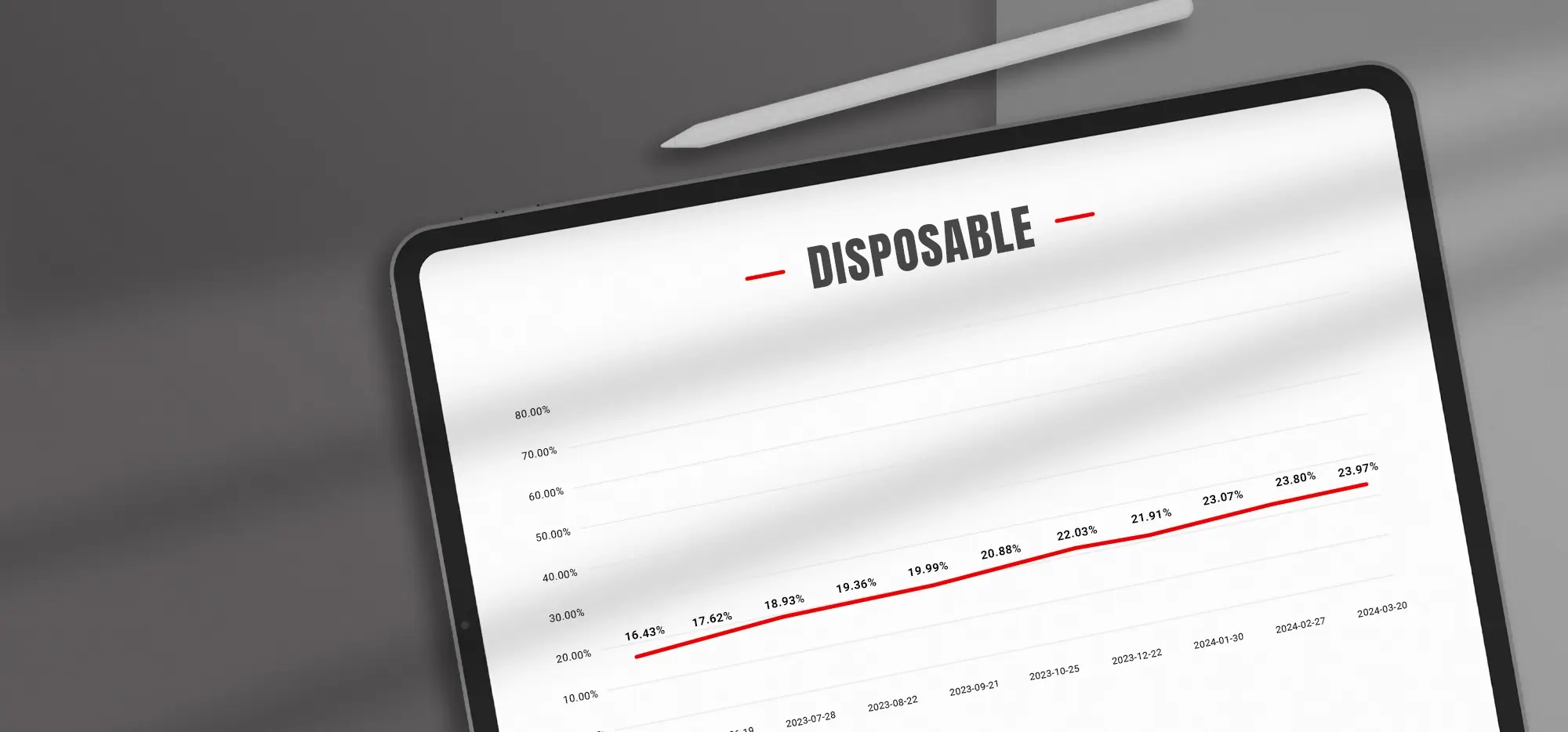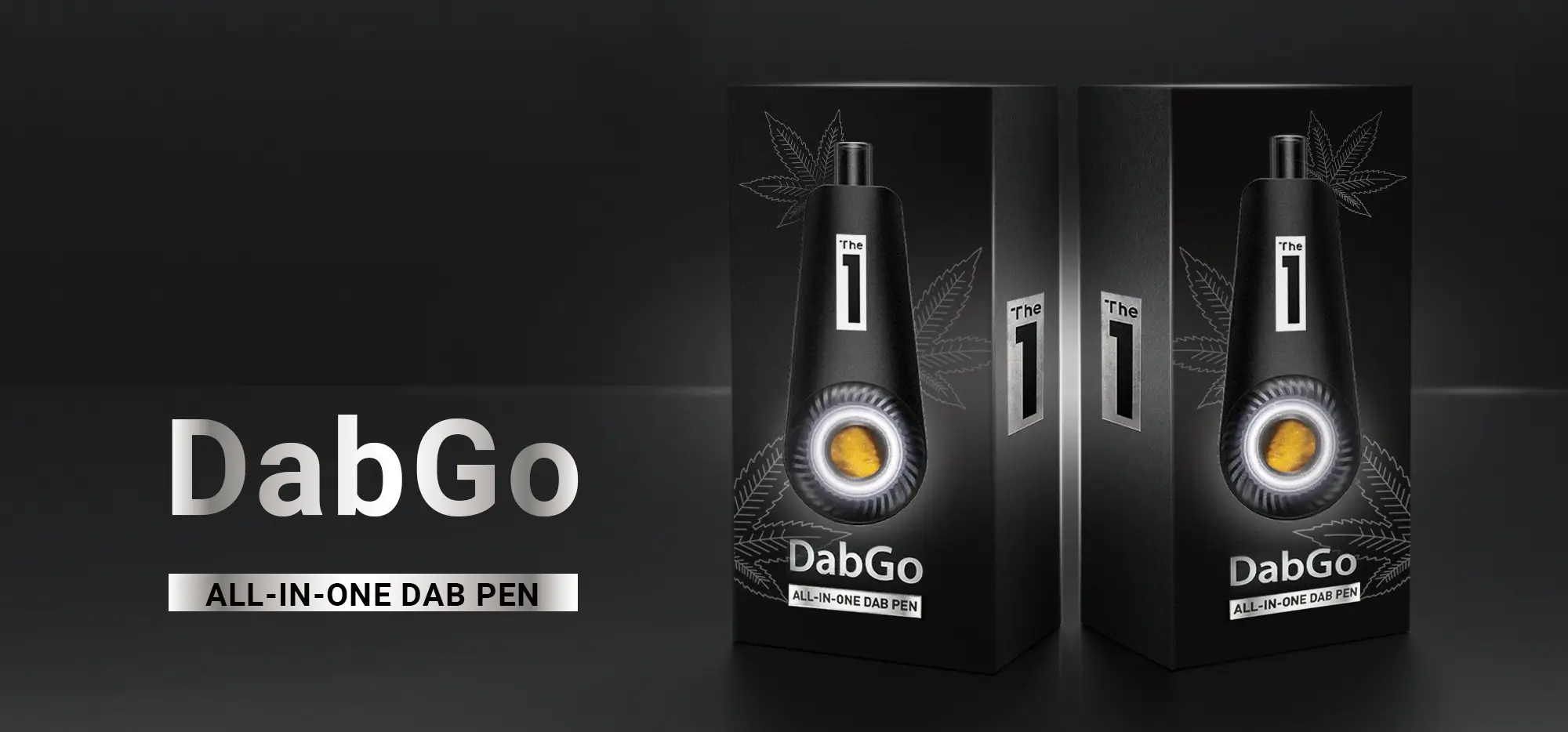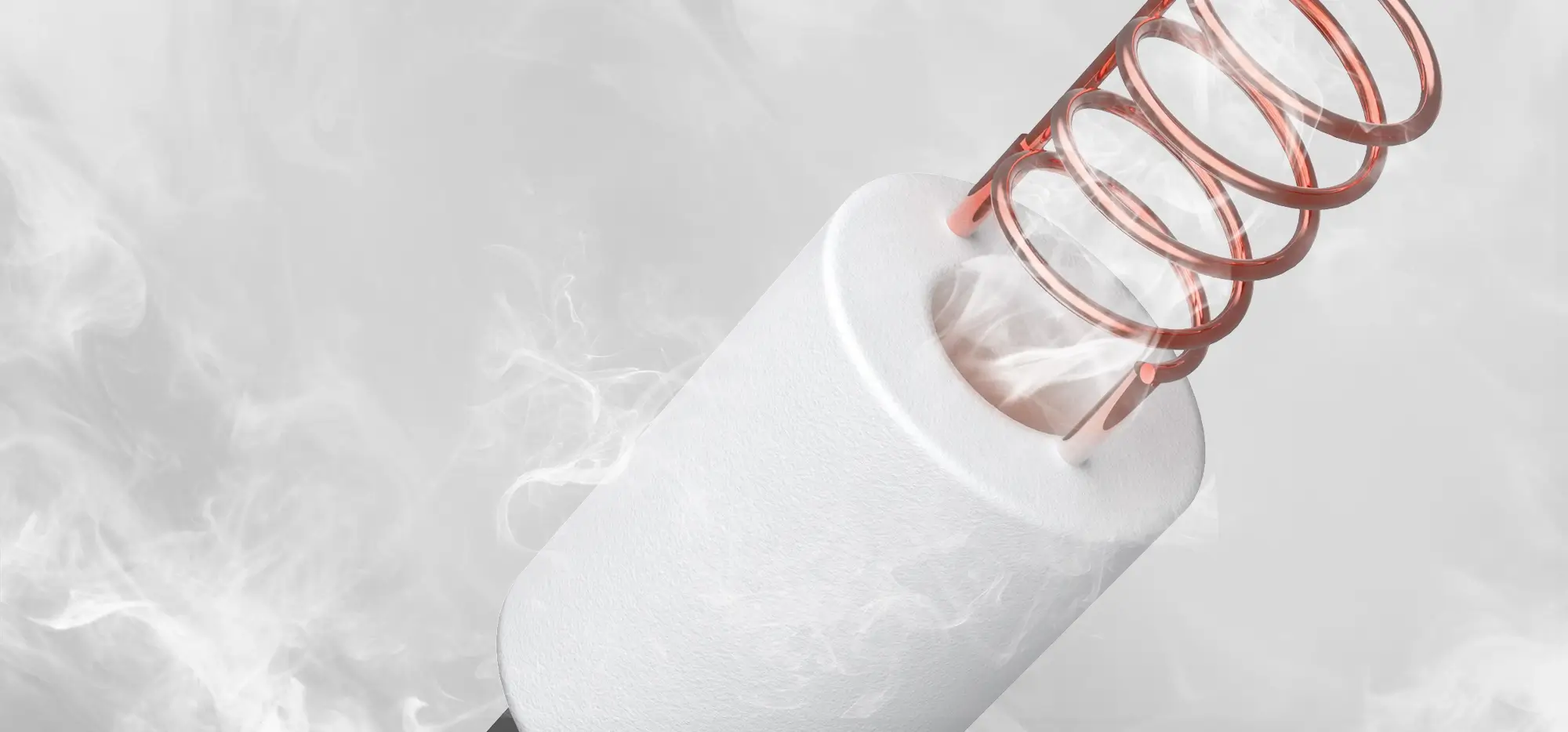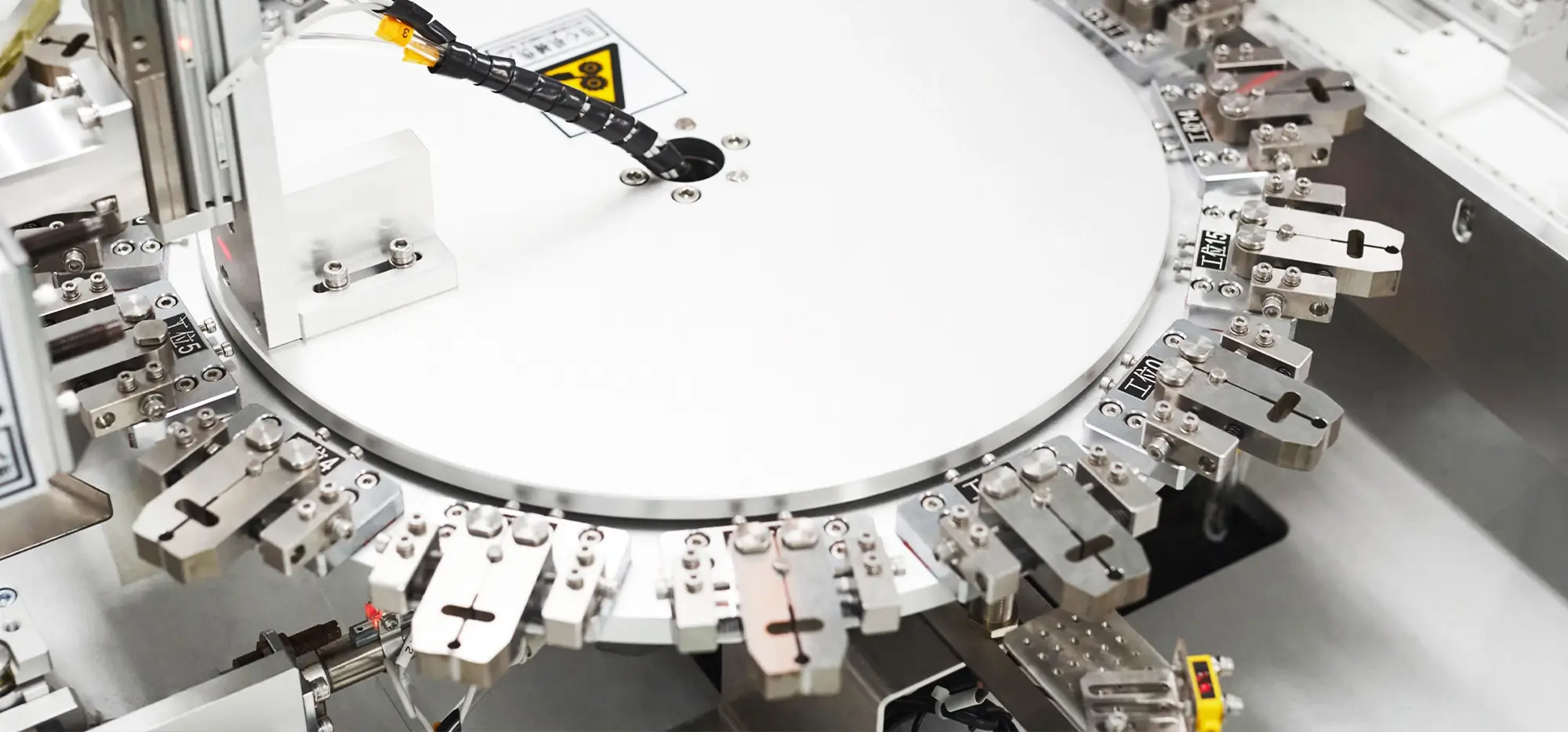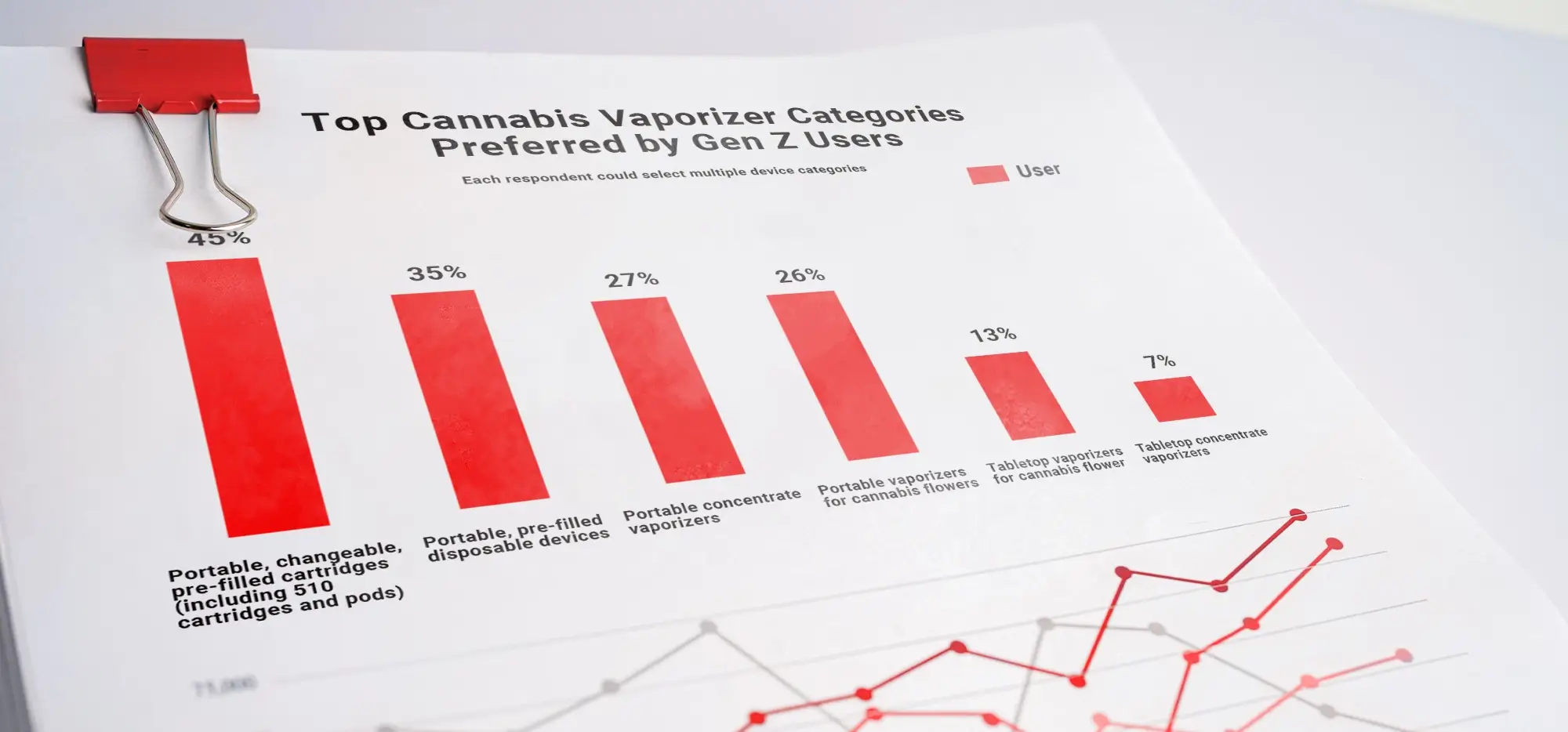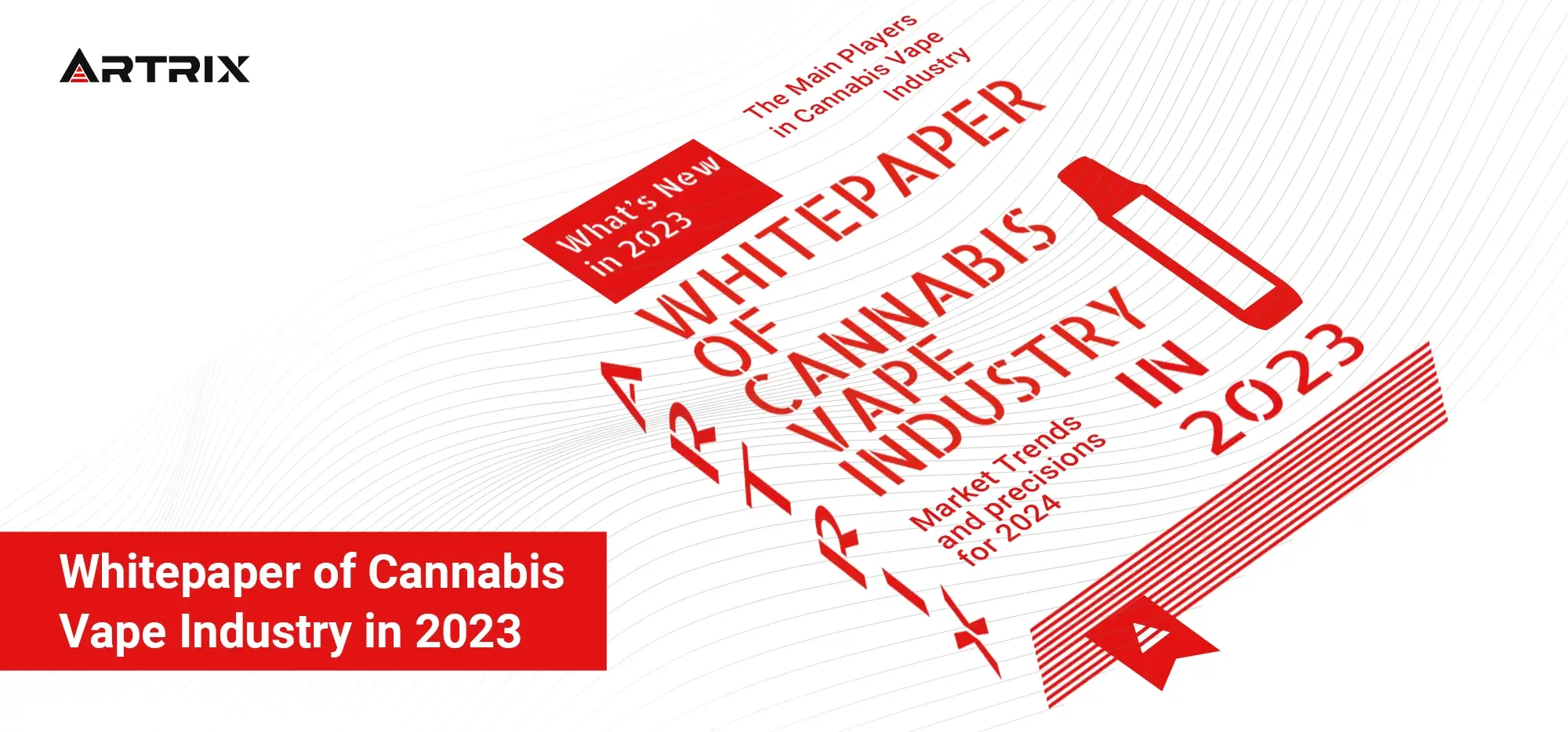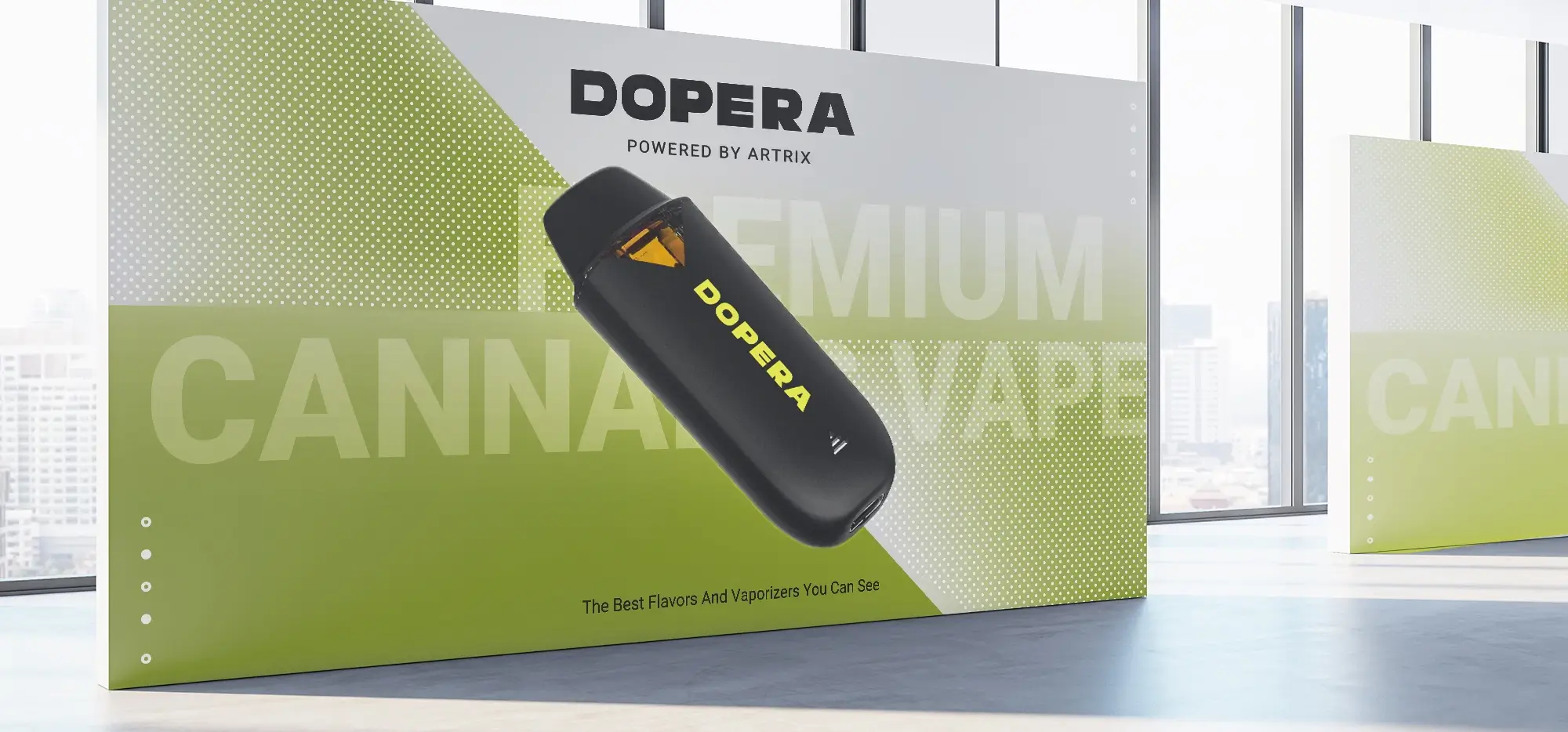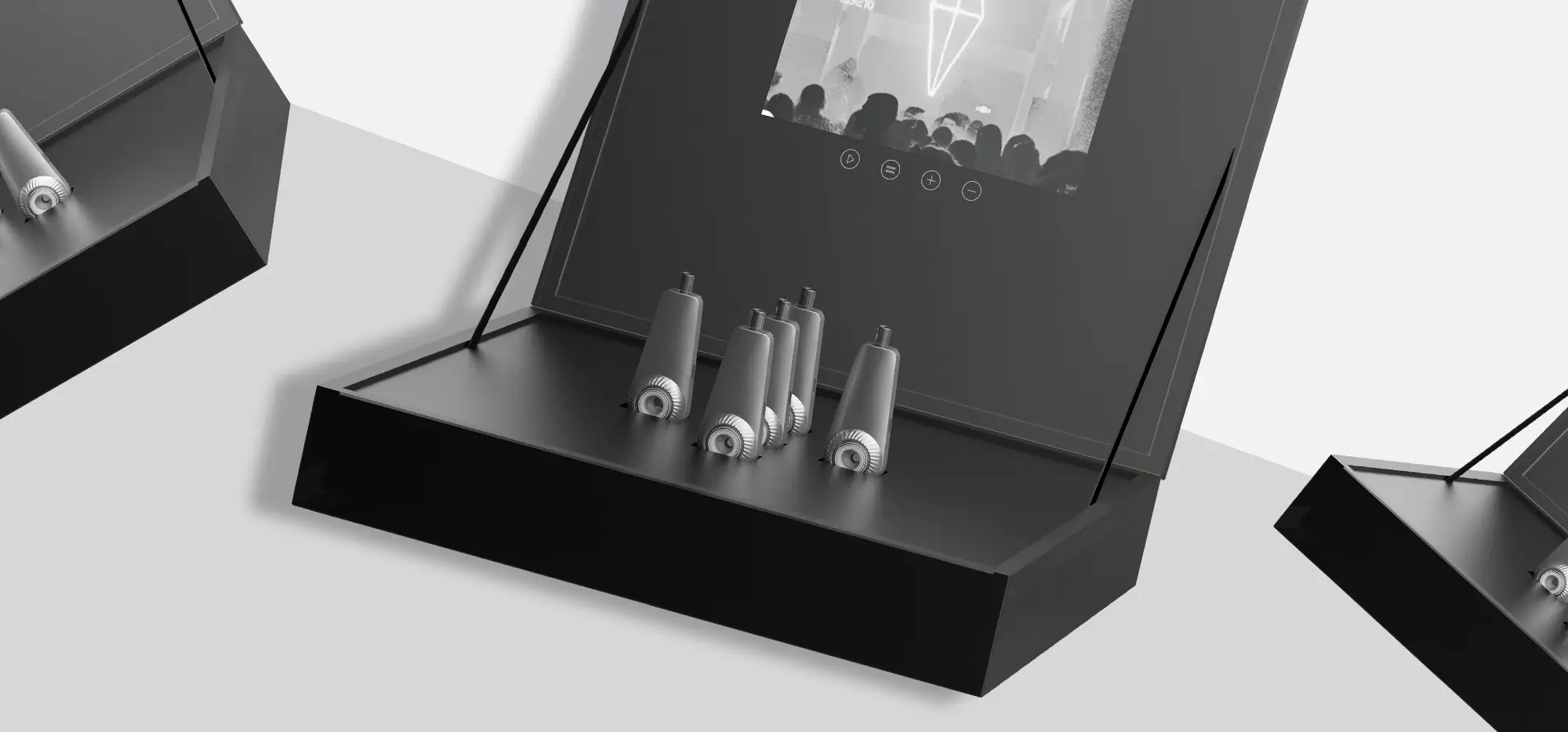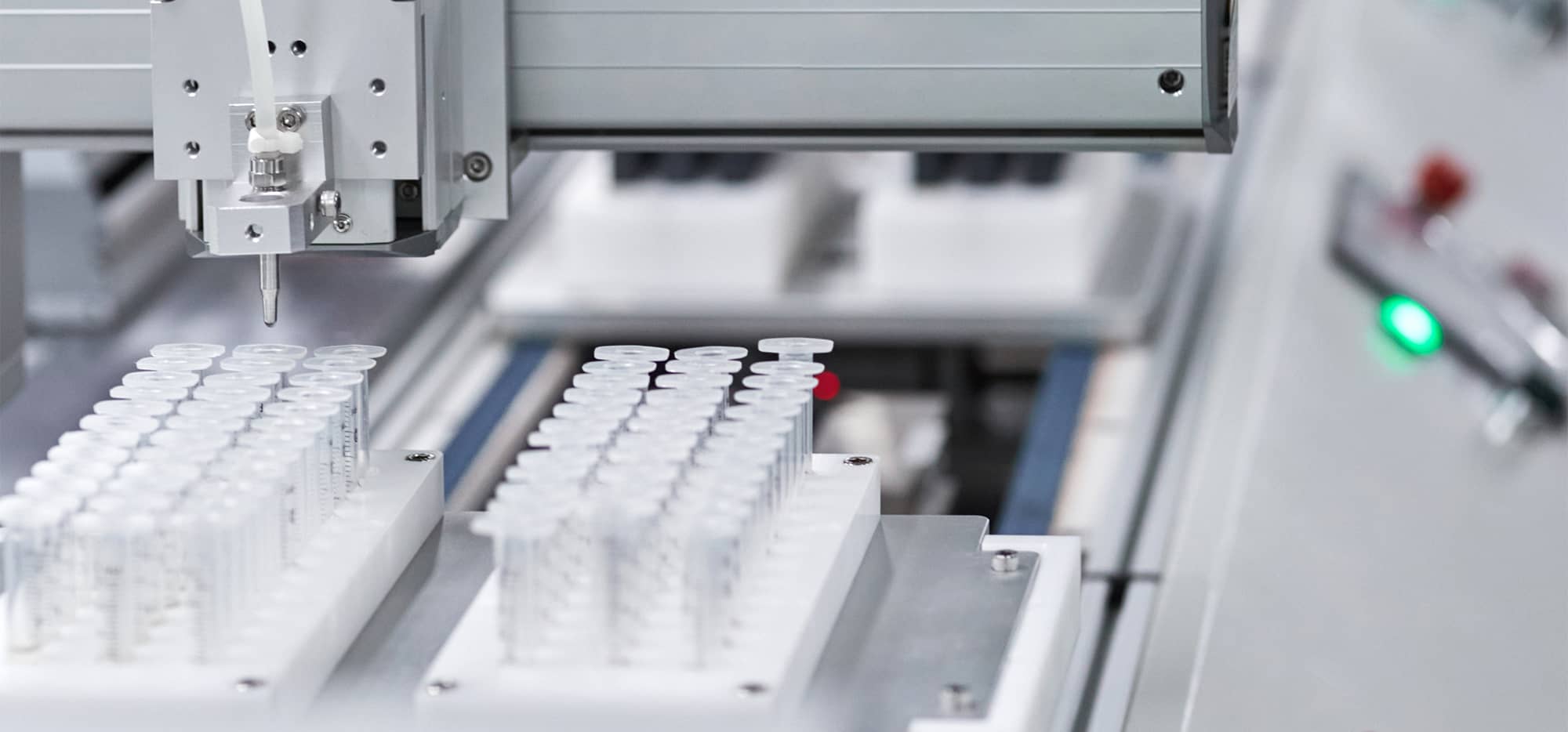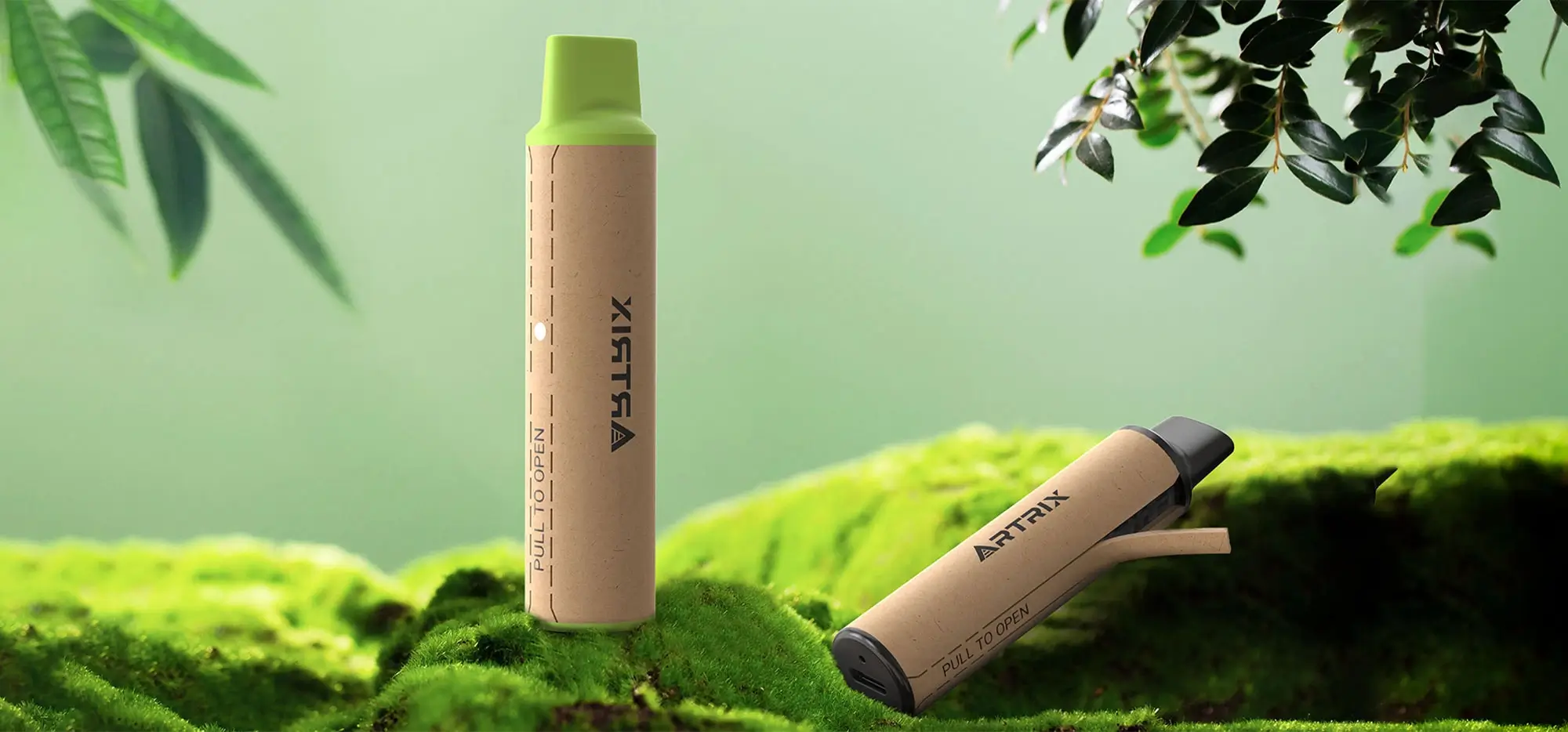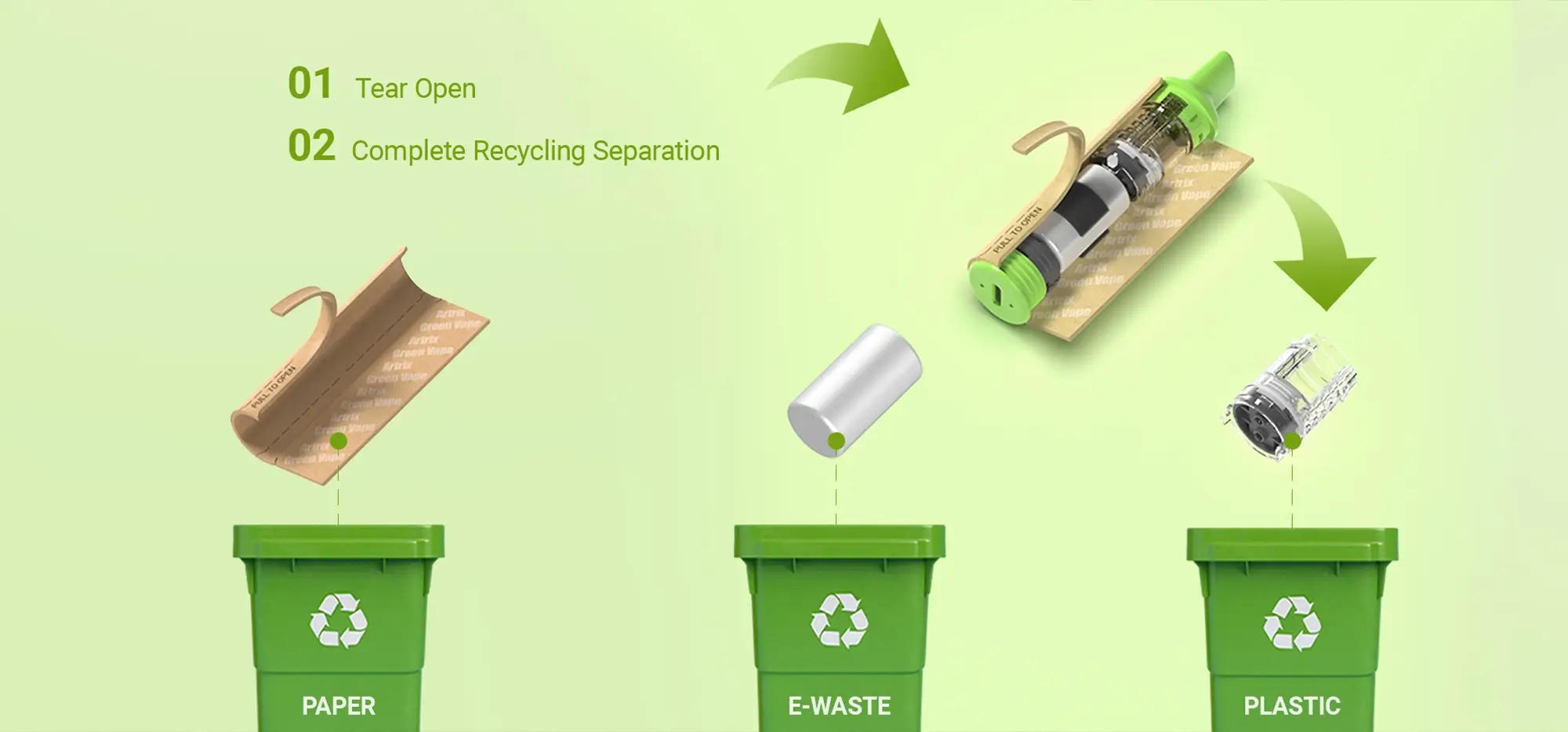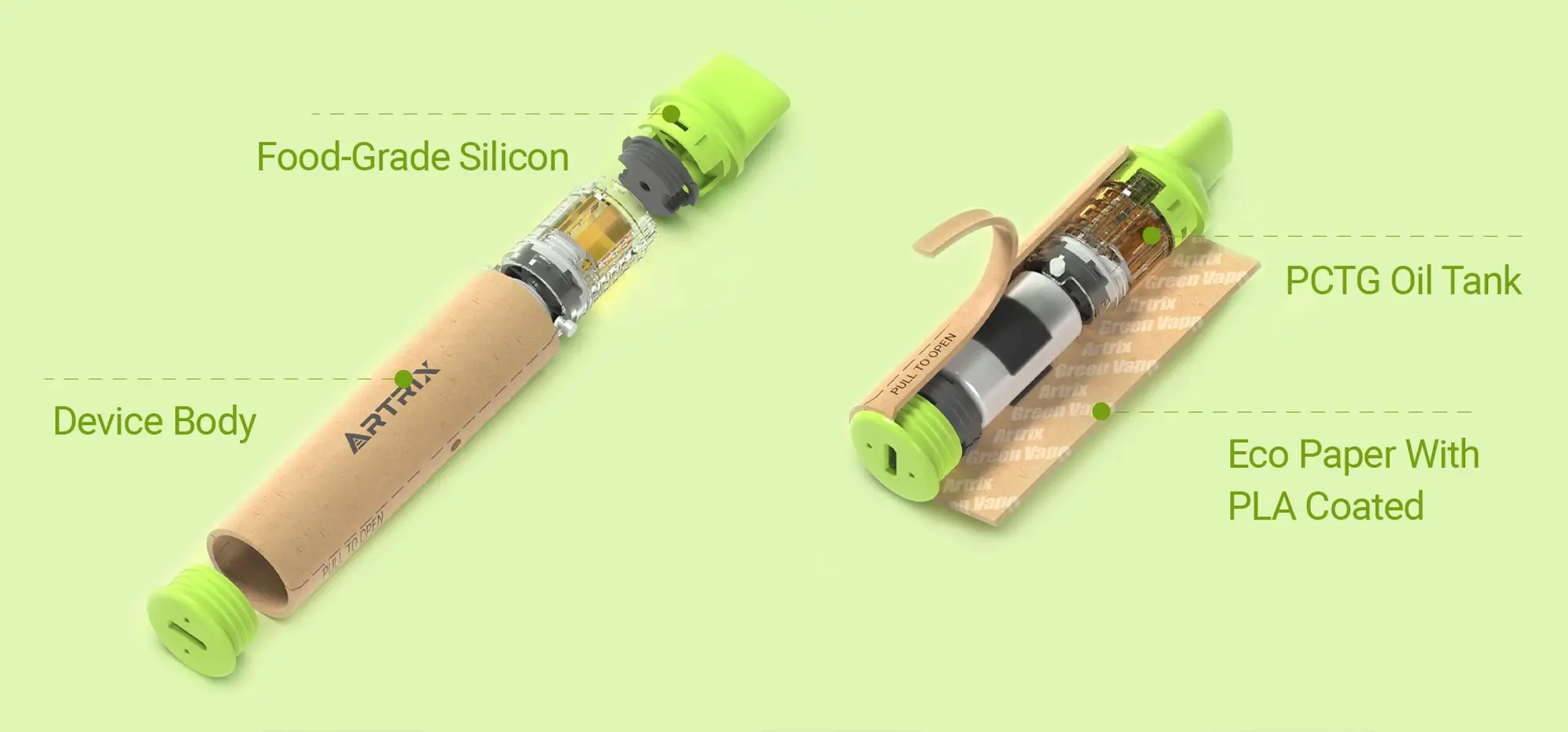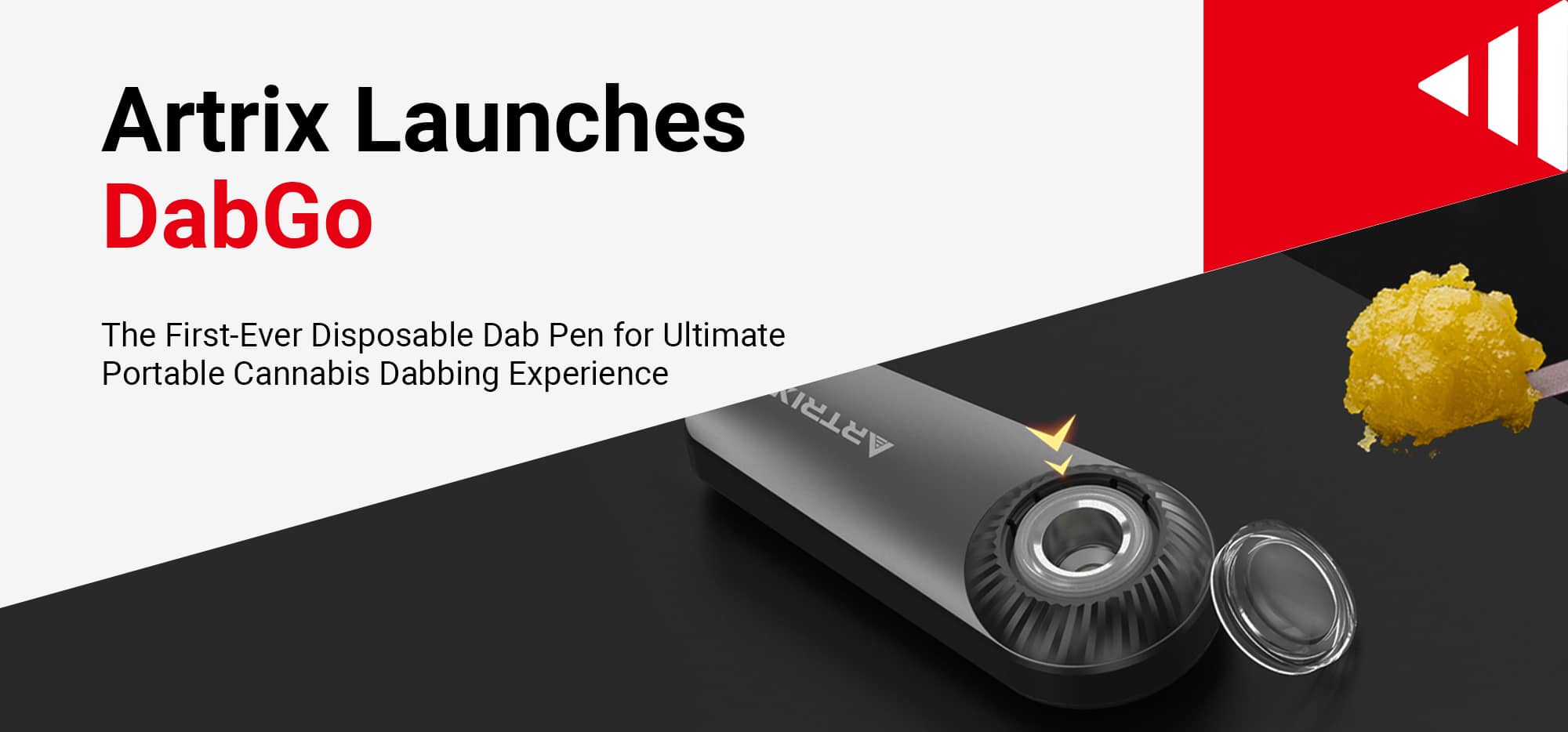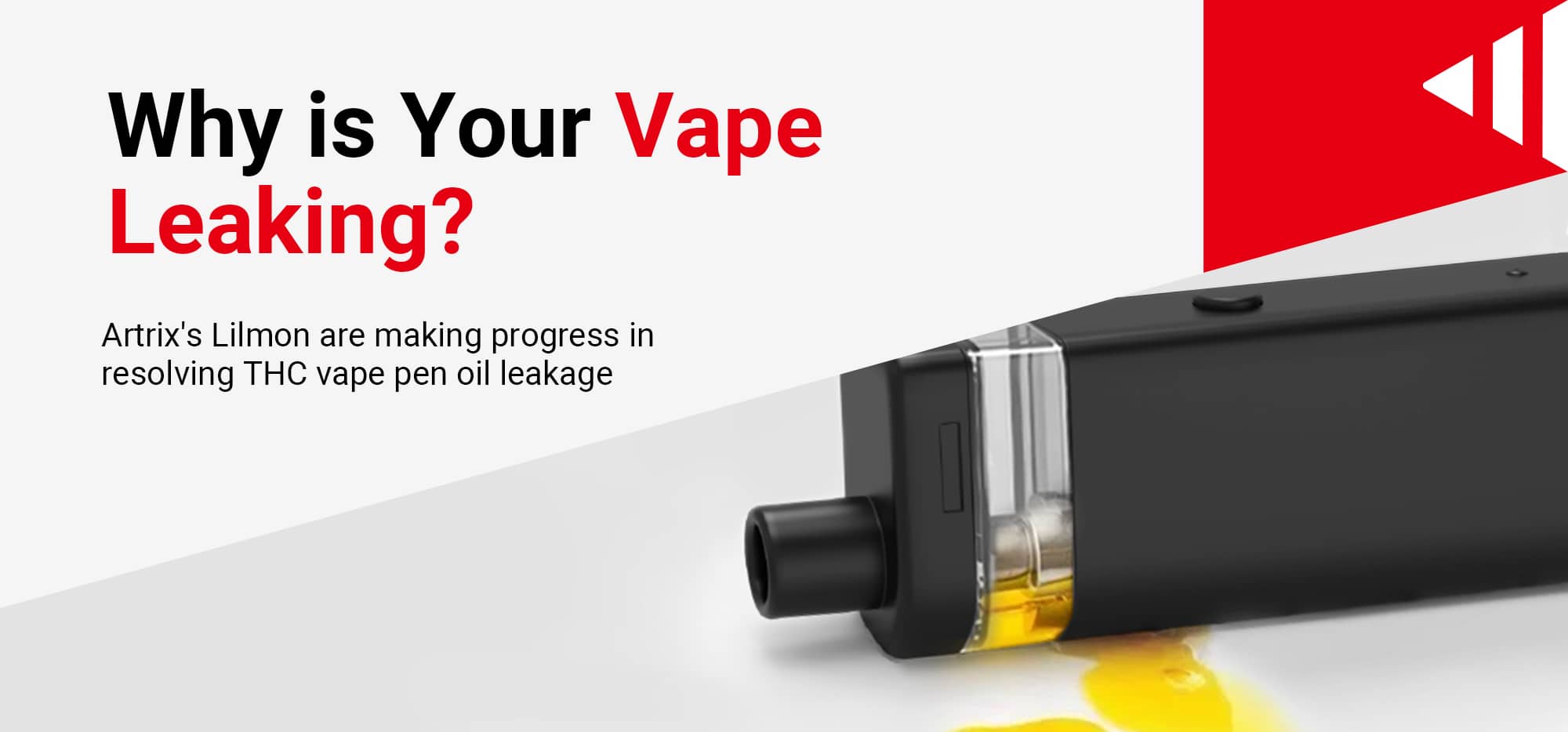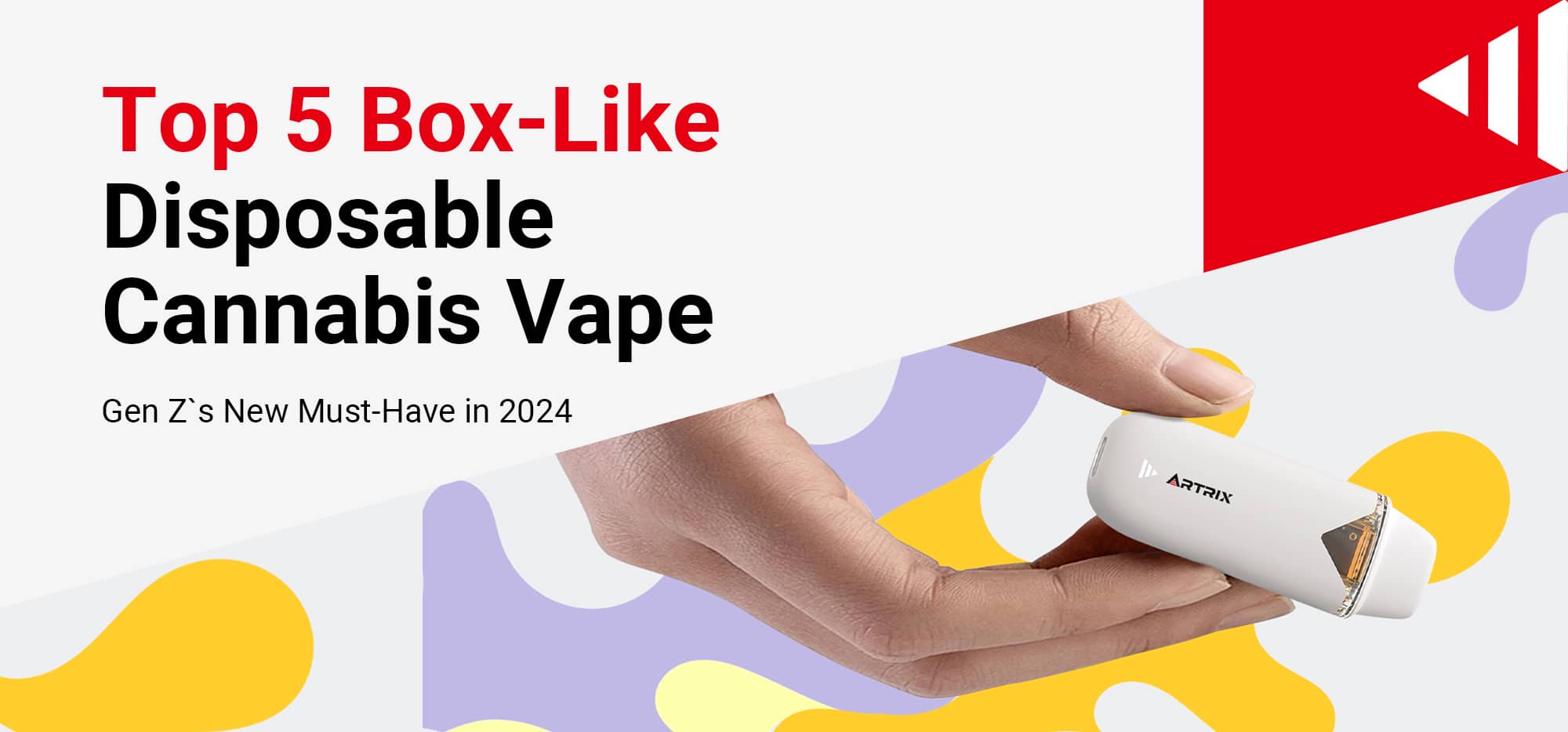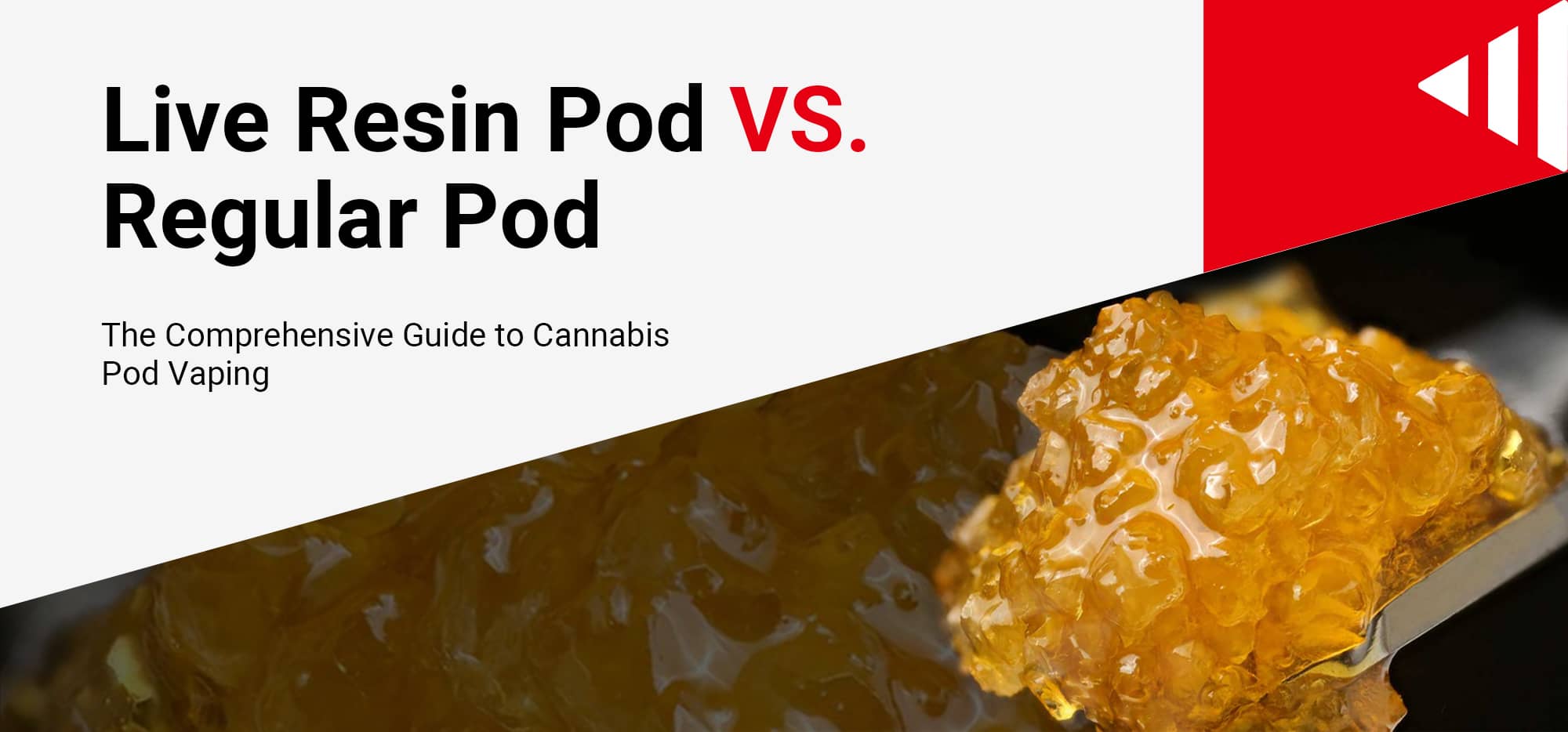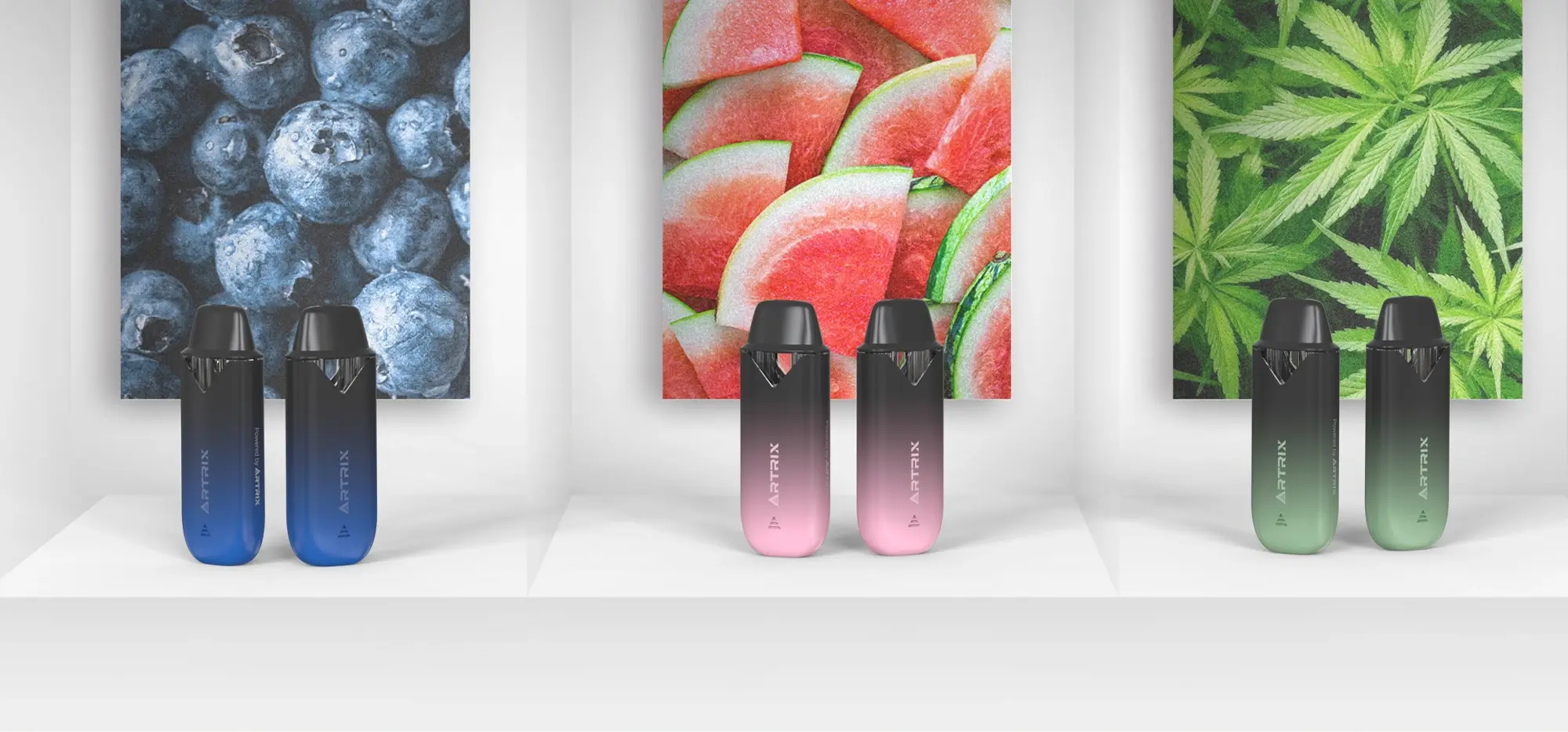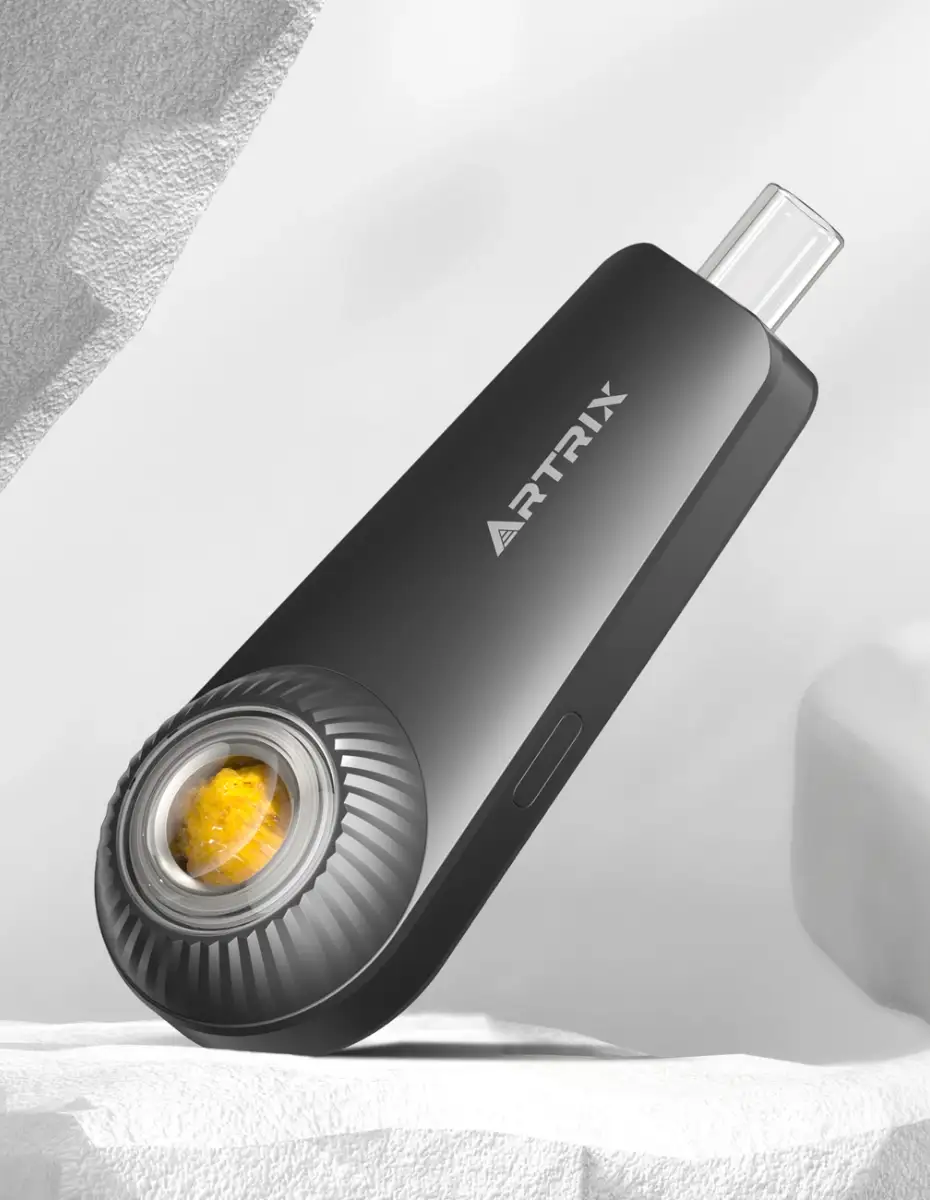Smoking vs Vaping Weed : Which is safer ?
Quick Answer
Vaping weed is dramatically safer than smoking it. While both methods deliver cannabinoids to your system, the delivery mechanism makes all the difference for your health. Smoking creates combustion at temperatures exceeding 1000°F, producing over 100 toxic compounds including known carcinogens, while vaping operates at controlled temperatures of 315-440°F that preserve beneficial compounds without creating harmful byproducts.
Introduction
There are various ways to consume cannabis, with vaping being one of the most popular—whether through a joint, pipe, bong, bowl, or dab pen. However, it’s important to understand that smoke, no matter the source, contains harmful elements. Even using a bong doesn’t significantly reduce tar exposure. Where there’s fire, there’s smoke, and smoke brings inflammatory irritants. Regularly smoking cannabis has been linked to airway inflammation similar to that seen in cigarette smokers, resulting in chronic coughing, wheezing, and shortness of breath. It may also increase the risk of bronchitis and other respiratory infections.
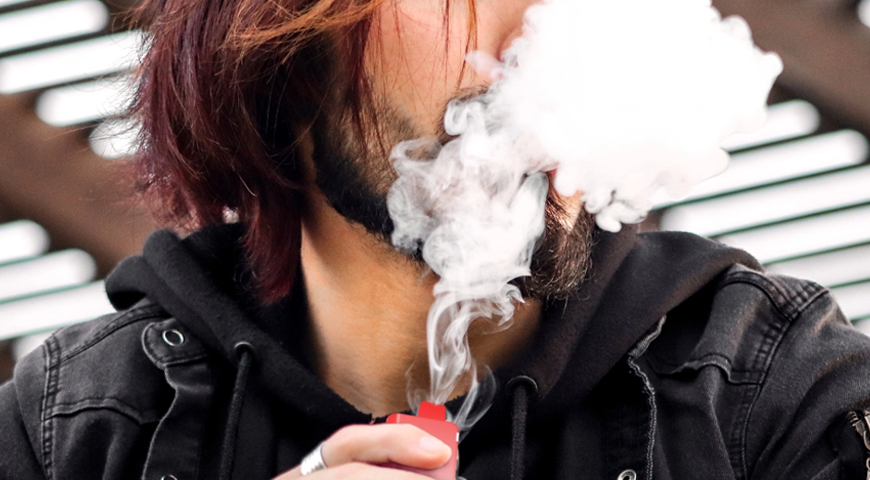
How Smoking and Vaping Work Differently
Combustion vs Heating Mechanisms
When you smoke cannabis, you’re creating combustion by burning plant material at temperatures exceeding 1000°F (538°C). This process destroys the plant structure entirely, creating smoke that contains the desired cannabinoids alongside numerous harmful byproducts. The high heat breaks down not just the active compounds you want, but also creates toxic substances through the burning process.
Vaping operates on a completely different principle. Quality vaporizers heat cannabis to precise temperatures between 315-440°F (157-227°C) – hot enough to release cannabinoids and terpenes as vapor, but below the combustion point. This controlled heating preserves the plant’s beneficial compounds while avoiding the creation of harmful combustion byproducts.
Temperature Control and Its Significance
The temperature difference isn’t just technical – it’s transformative. Lower vaping temperatures (315-356°F) tend to produce more cerebral, energetic effects by primarily releasing THC and lighter terpenes. Higher vaping temperatures (392-440°F) release more CBD and sedating compounds, creating effects closer to smoking. This temperature control gives vapers unprecedented customization over their experience, something impossible with combustion.
Exploring Alternatives: Vaping Cannabis
While some opt for edibles, this method can lead to slower and unpredictable effects, which might not satisfy those seeking an immediate experience. Vaping, on the other hand, offers a middle ground. It provides a similar high to smoking but with significantly lower exposure to carbon monoxide.
Although vaping can lower the intake of toxic by-products, it’s important to note that it doesn’t completely eliminate all risks. Both cannabis smoke and vapor may contain certain contaminants, such as ammonia. Choosing the right type of vaporizer plays a crucial role in minimizing exposure to contaminants. For instance, Artrix portable dab pens are designed to maintain lower temp levels offering a cleaner and safer inhalation experience.
Smoking vs Vaping: Health Considerations
Respiratory Effects: Immediate and Long-Term
Smoking cannabis produces immediate respiratory irritation through hot smoke and particulate matter. Users often experience coughing, throat irritation, and increased phlegm production. Long-term smoking can lead to chronic bronchitis symptoms, reduced lung function, and persistent respiratory inflammation. The tar and combustion particles deposit in lung tissue, creating ongoing irritation.
Vaping significantly reduces these respiratory impacts. The vapor is cooler and contains dramatically fewer irritants. Most users report reduced coughing and clearer breathing within weeks of switching. However, vaping isn’t risk-free – some users still experience mild throat irritation, particularly with higher temperature settings or frequent use.
Toxin and Carcinogen Exposure
This represents the most significant health difference between methods. Combustion creates over 100 different toxic compounds, including known carcinogens like benzene, toluene, and polycyclic aromatic hydrocarbons. These substances have no therapeutic benefit and pose serious health risks with repeated exposure.
Vaping eliminates most of these harmful compounds. Research shows vapor contains 95% fewer toxic substances than smoke. The primary compounds in quality vapor are cannabinoids, terpenes, and water vapor – dramatically cleaner than combustion byproducts.
Cardiovascular Considerations
Smoking cannabis affects cardiovascular health through multiple pathways. The combustion byproducts can increase inflammation and oxidative stress, while carbon monoxide reduces oxygen delivery to tissues. The combination may contribute to increased heart rate and blood pressure changes.
Vaping reduces these cardiovascular stressors by eliminating most inflammatory compounds and carbon monoxide. While cannabis itself can still affect heart rate and blood pressure, the delivery method creates significantly less additional cardiovascular burden.
Research Insights: Smoking vs Vaping
A comprehensive study published in Respiratory Research examined exhaled breath condensate from 254 participants to assess the respiratory impacts of cannabis vaping versus smoking. The research found that cannabis users exhibited oxylipin levels closer to and often downregulated compared to nonusers Impacts of vaping and marijuana use on airway health as determined by exhaled breath condensate (EBC) | Respiratory Research | Full Text, suggesting reduced inflammatory responses when compared to tobacco users. Overall, metabolites were typically found in higher abundances among those who smoked products, relative to nonusers, and were found in lower abundances among e-device users.
Conclusion
For individuals who choose to consume cannabis, vaping represents the safest inhalation method currently available. While the ideal approach for lung health remains avoiding inhalation altogether through methods like edibles, vaping offers a significant harm reduction strategy for those seeking the rapid onset that inhalation provides. The choice between smoking and vaping isn’t just about preference—it’s about making an informed decision that prioritizes respiratory health while maintaining therapeutic or recreational benefits.
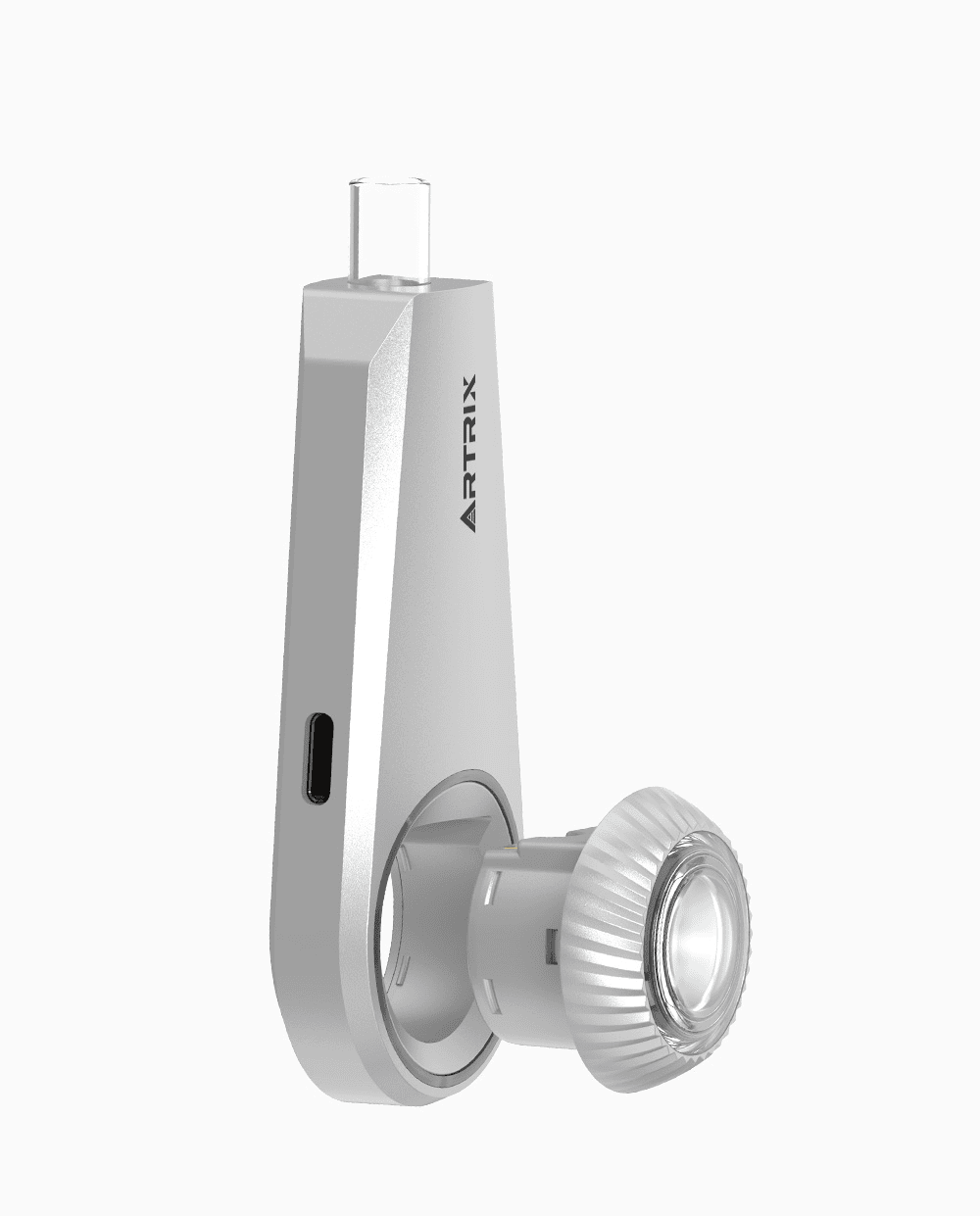
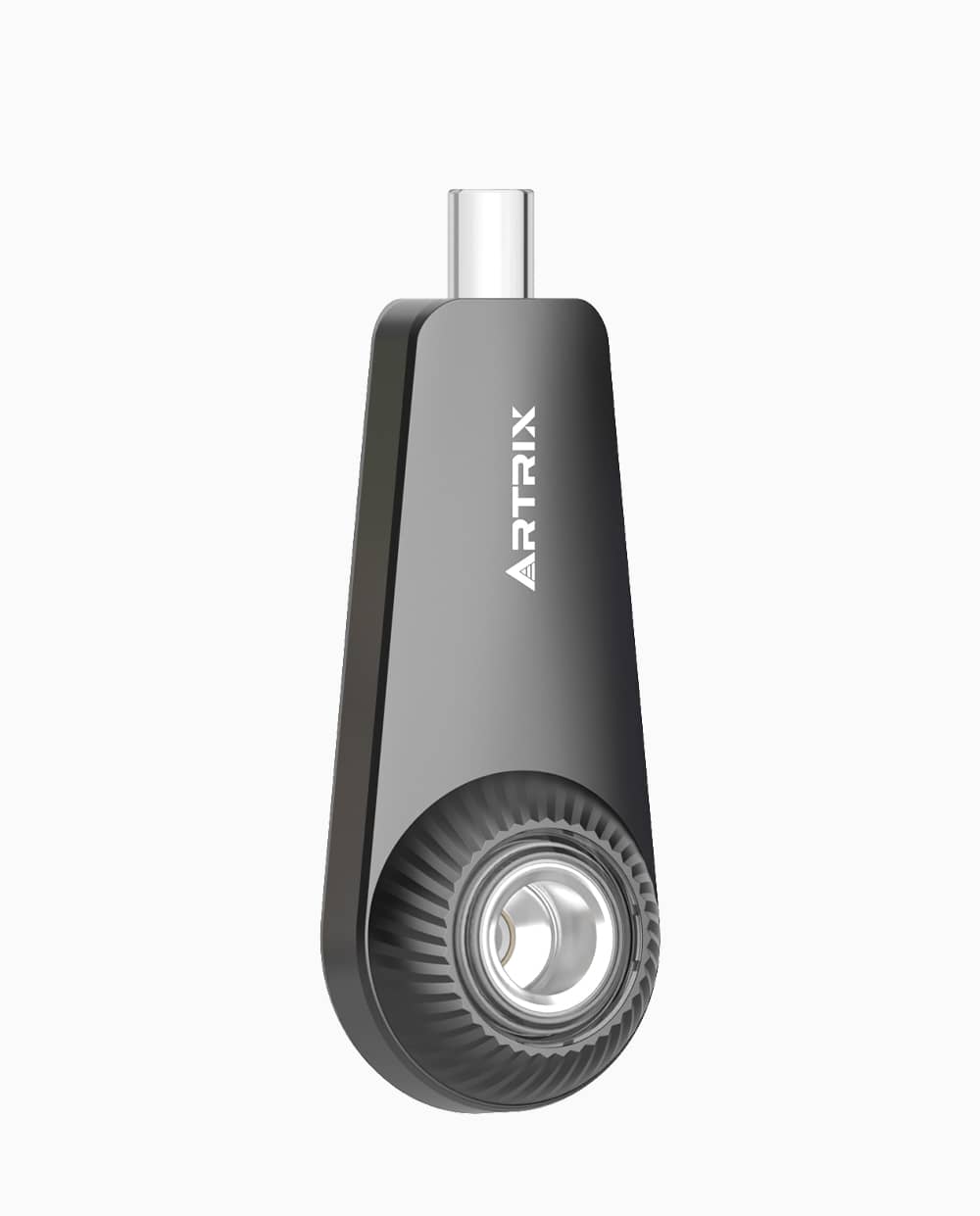

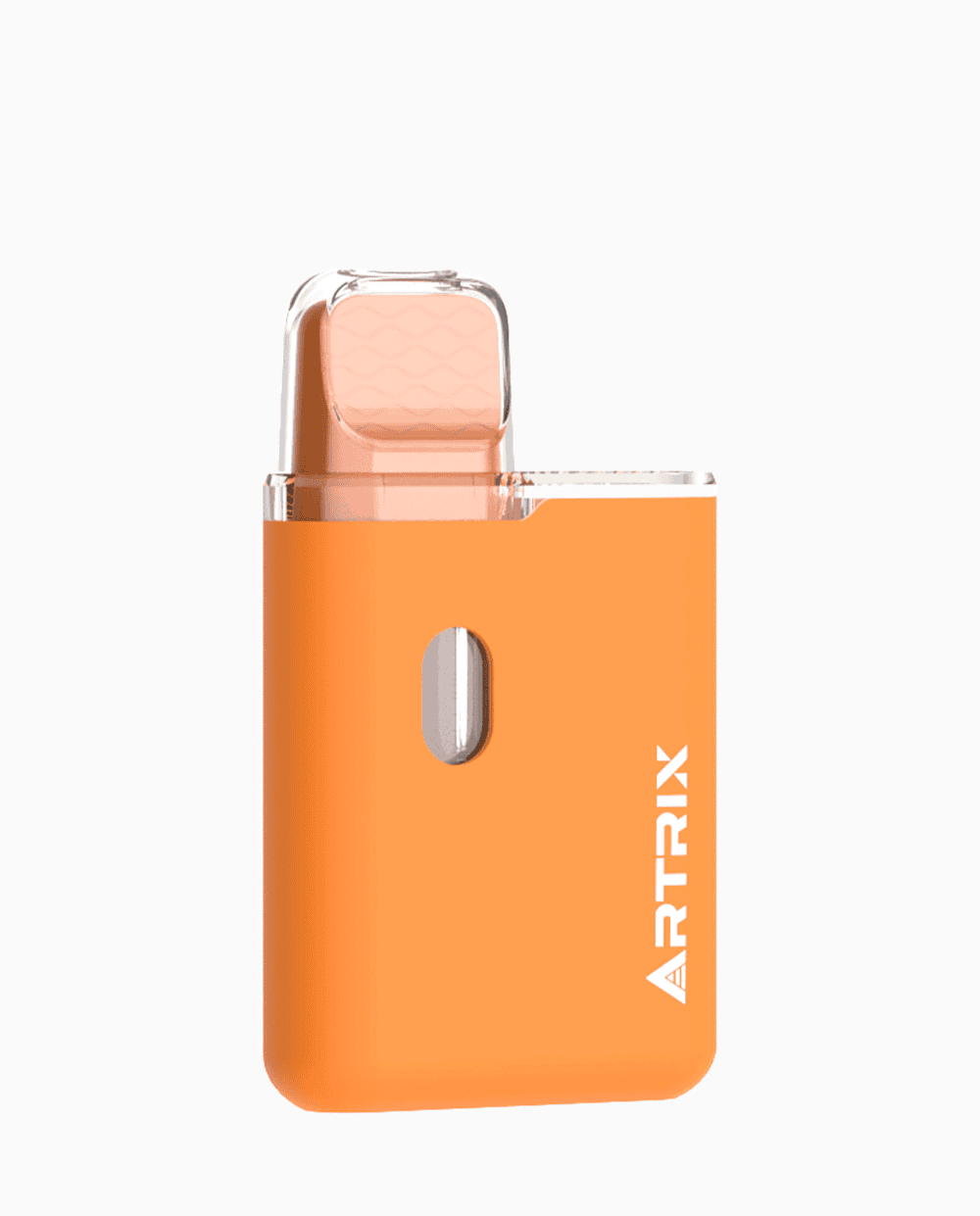
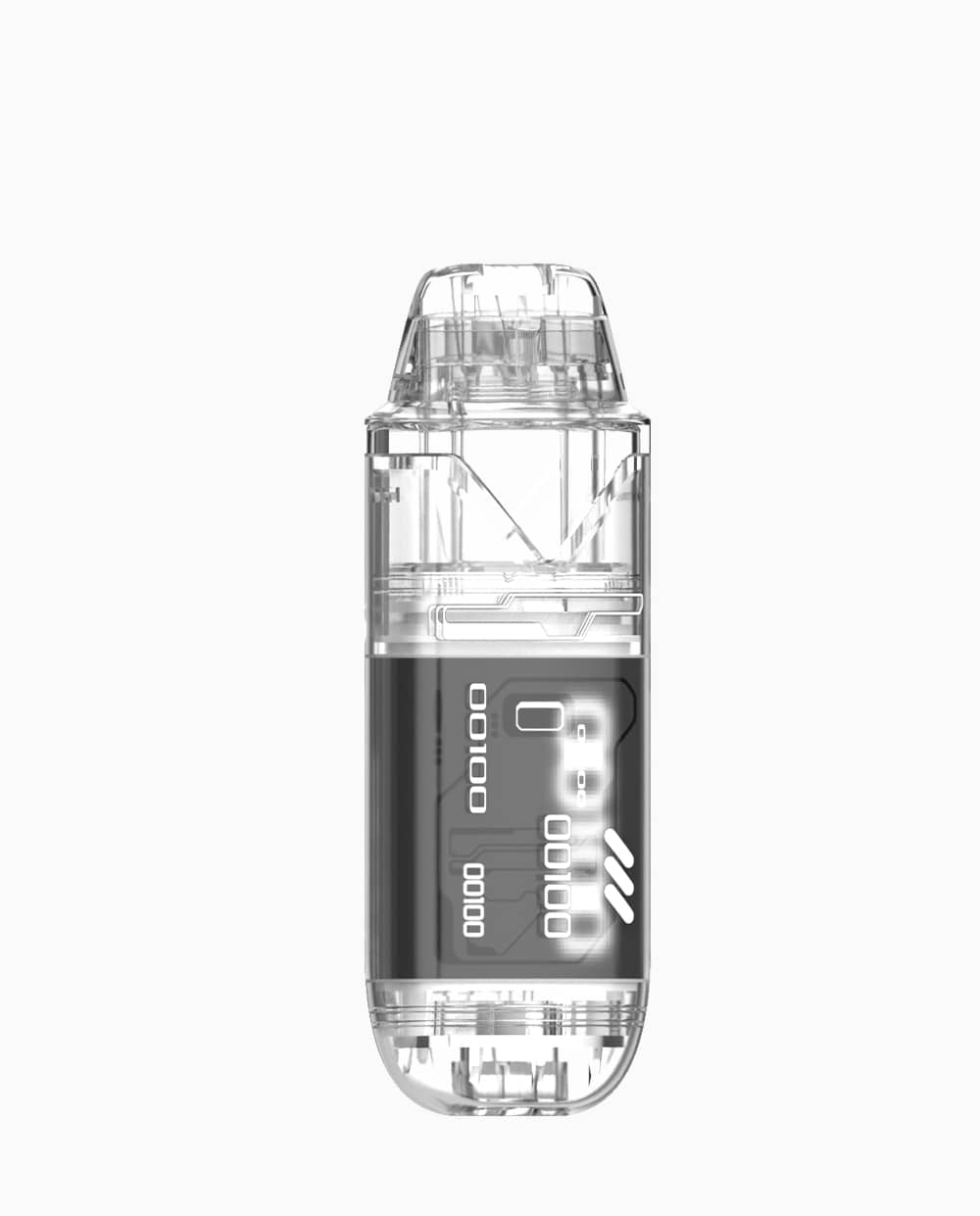
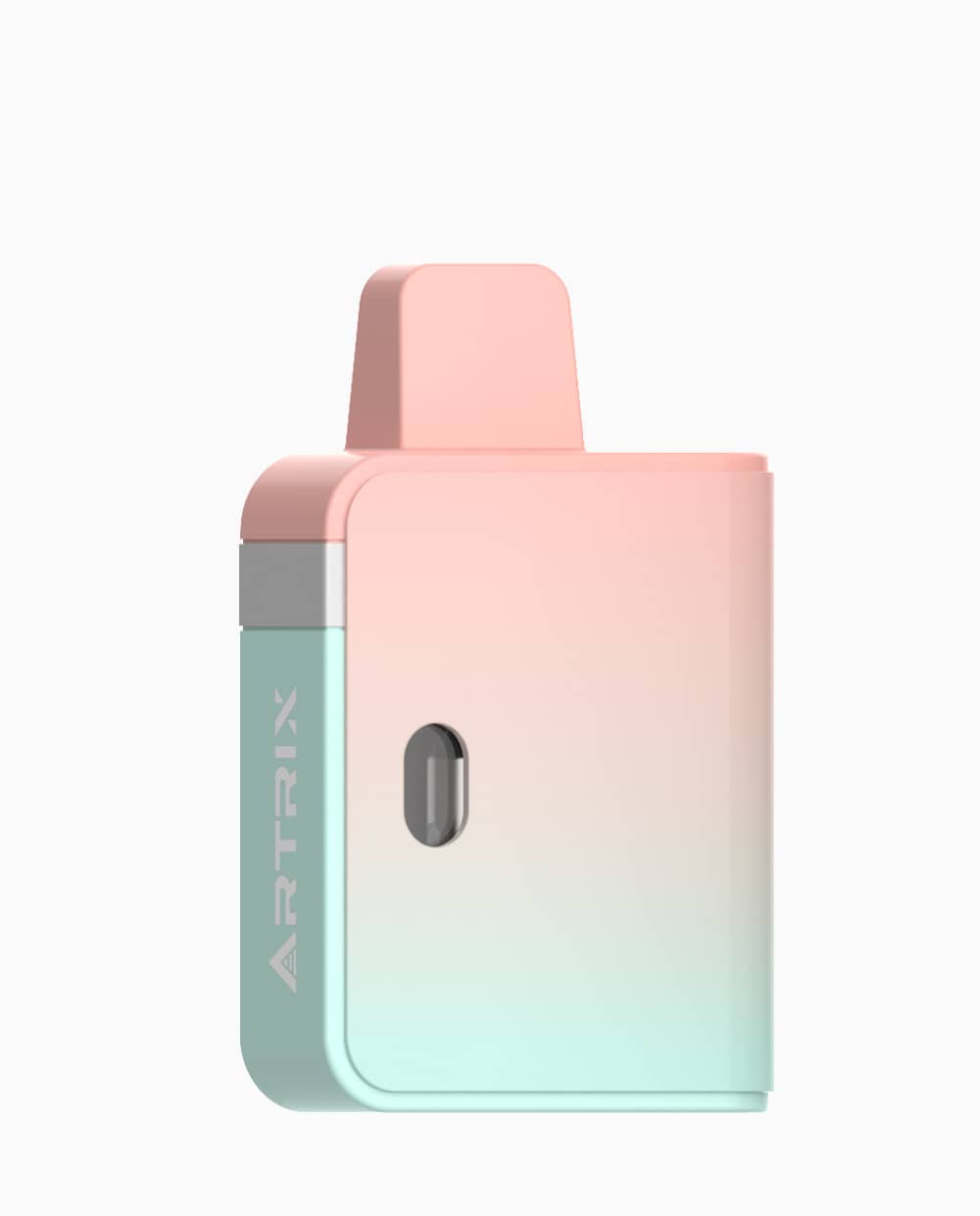
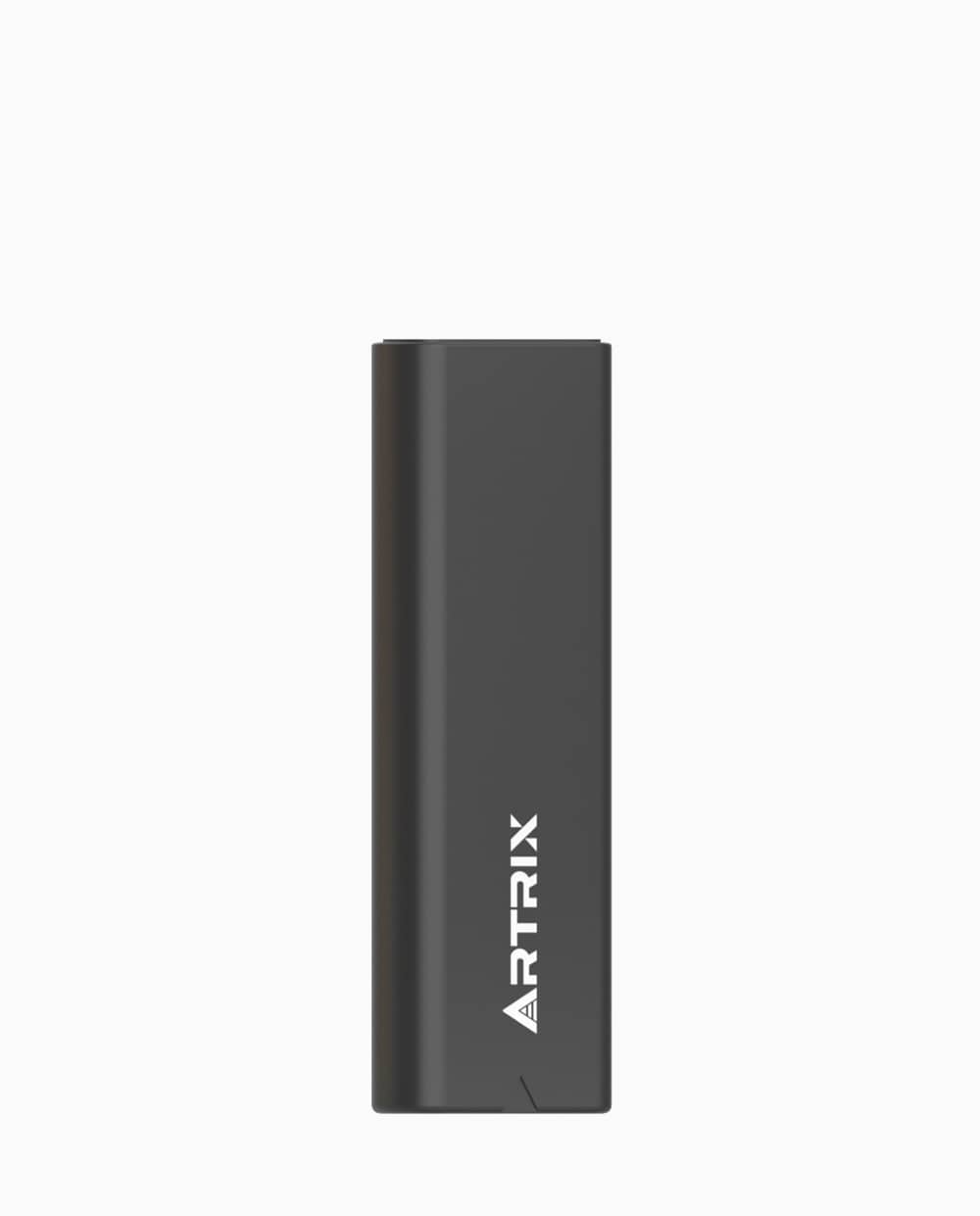
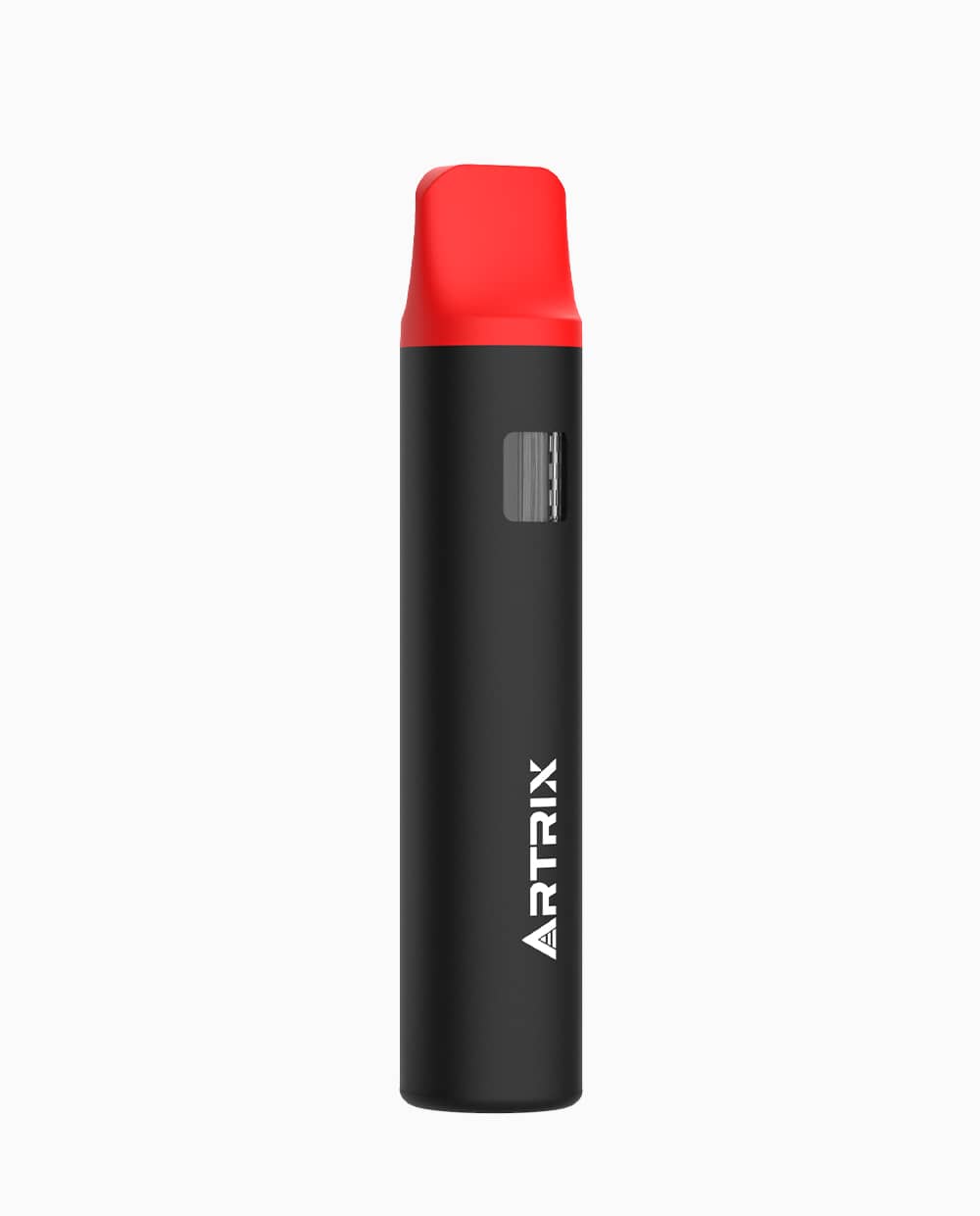
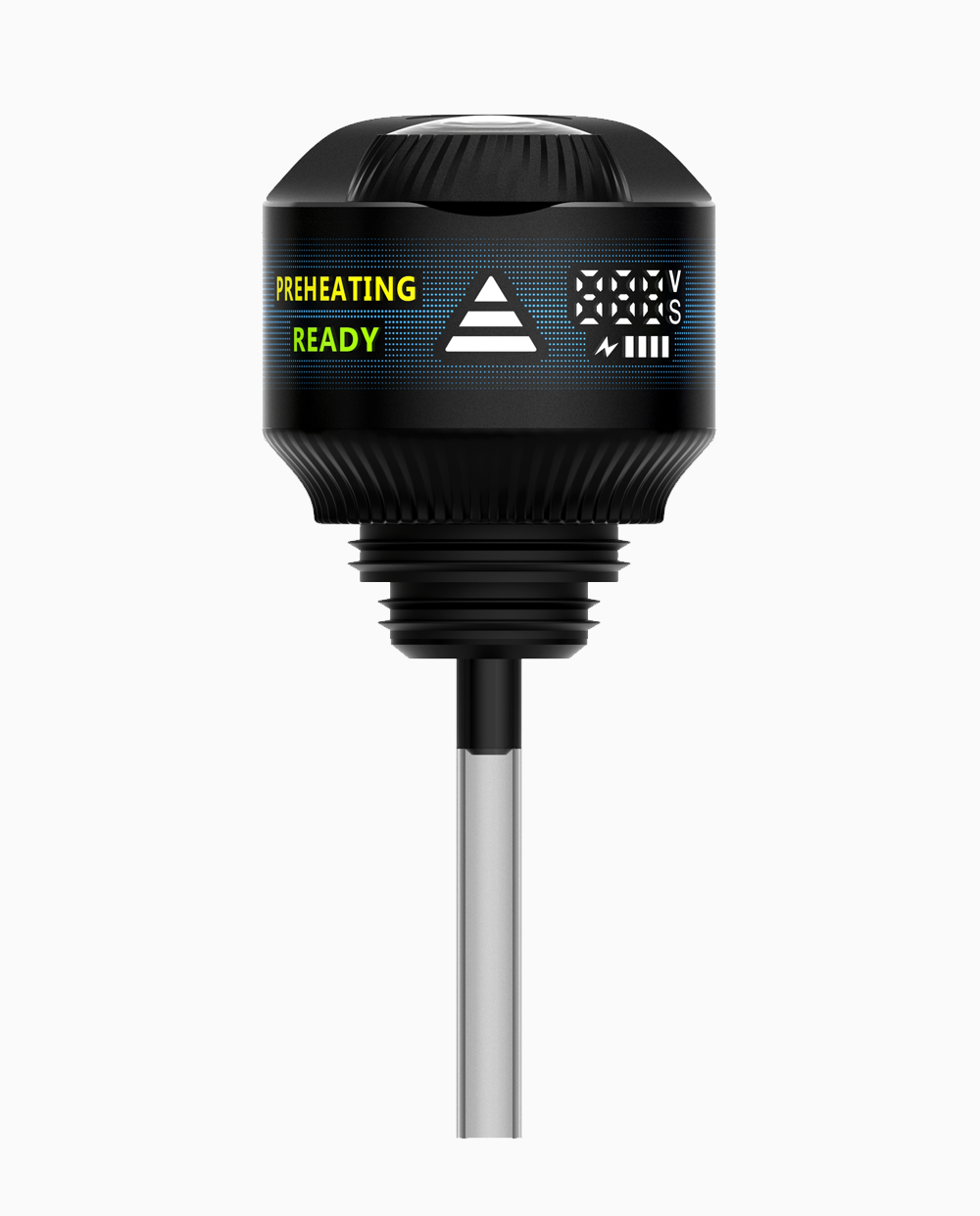
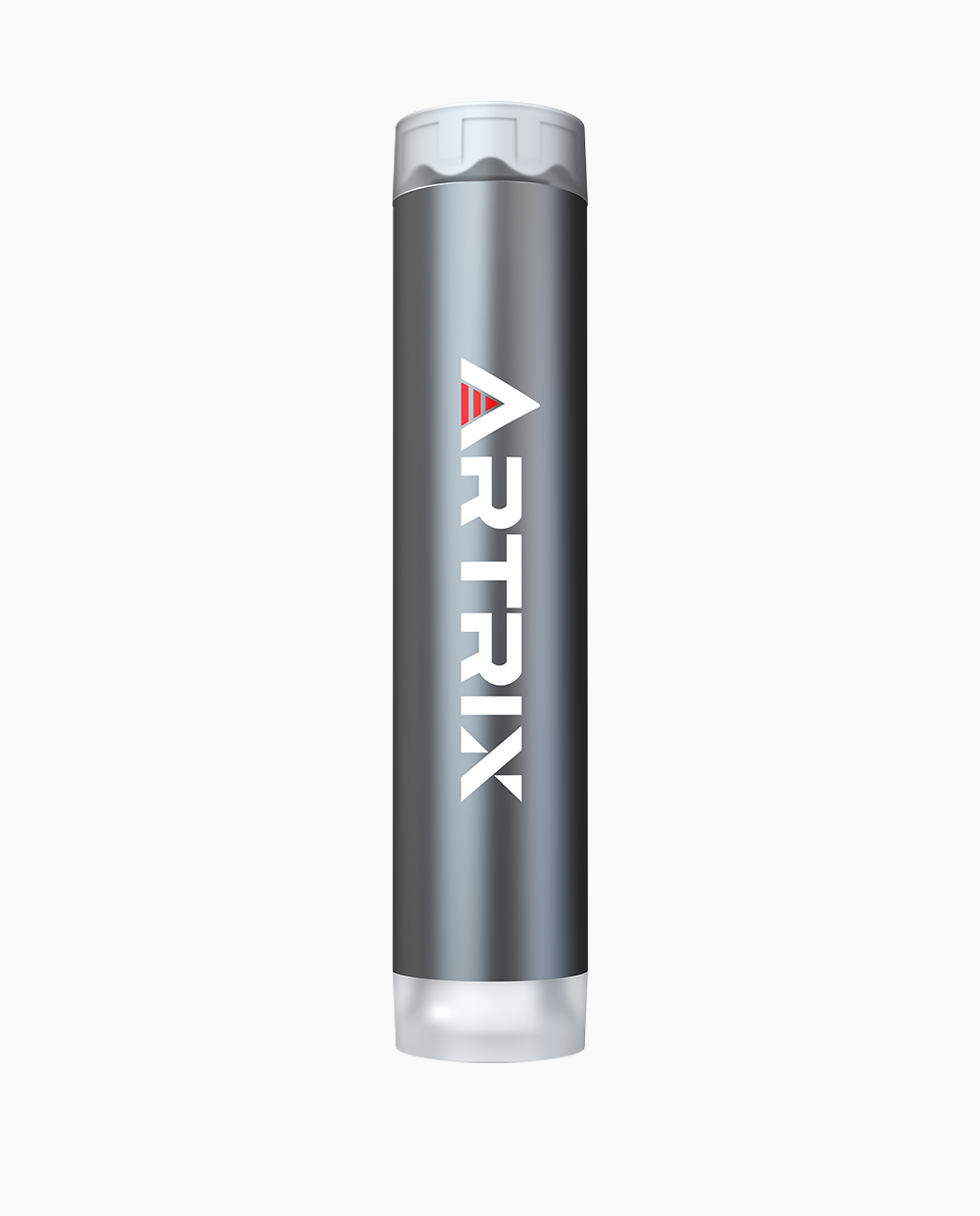

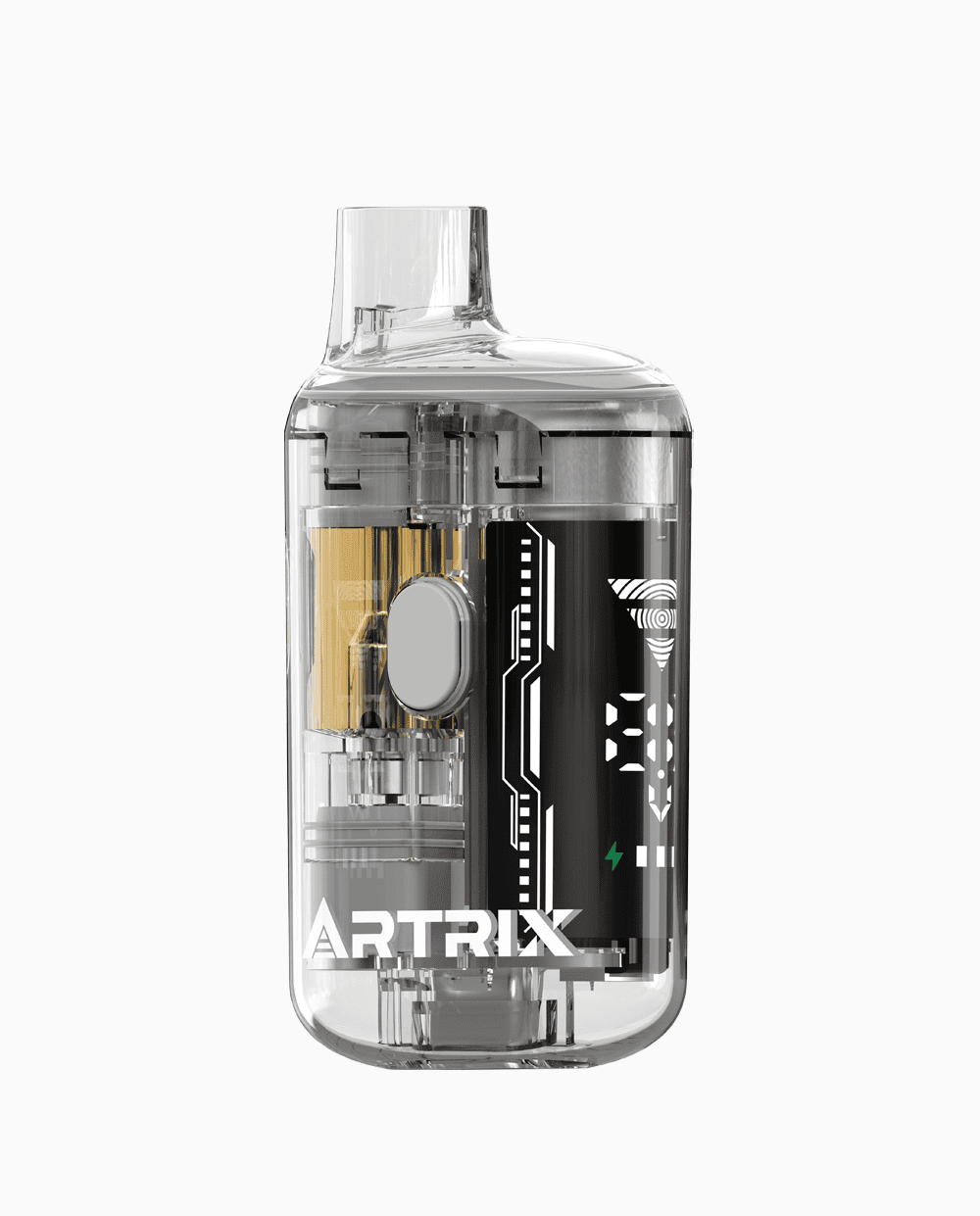
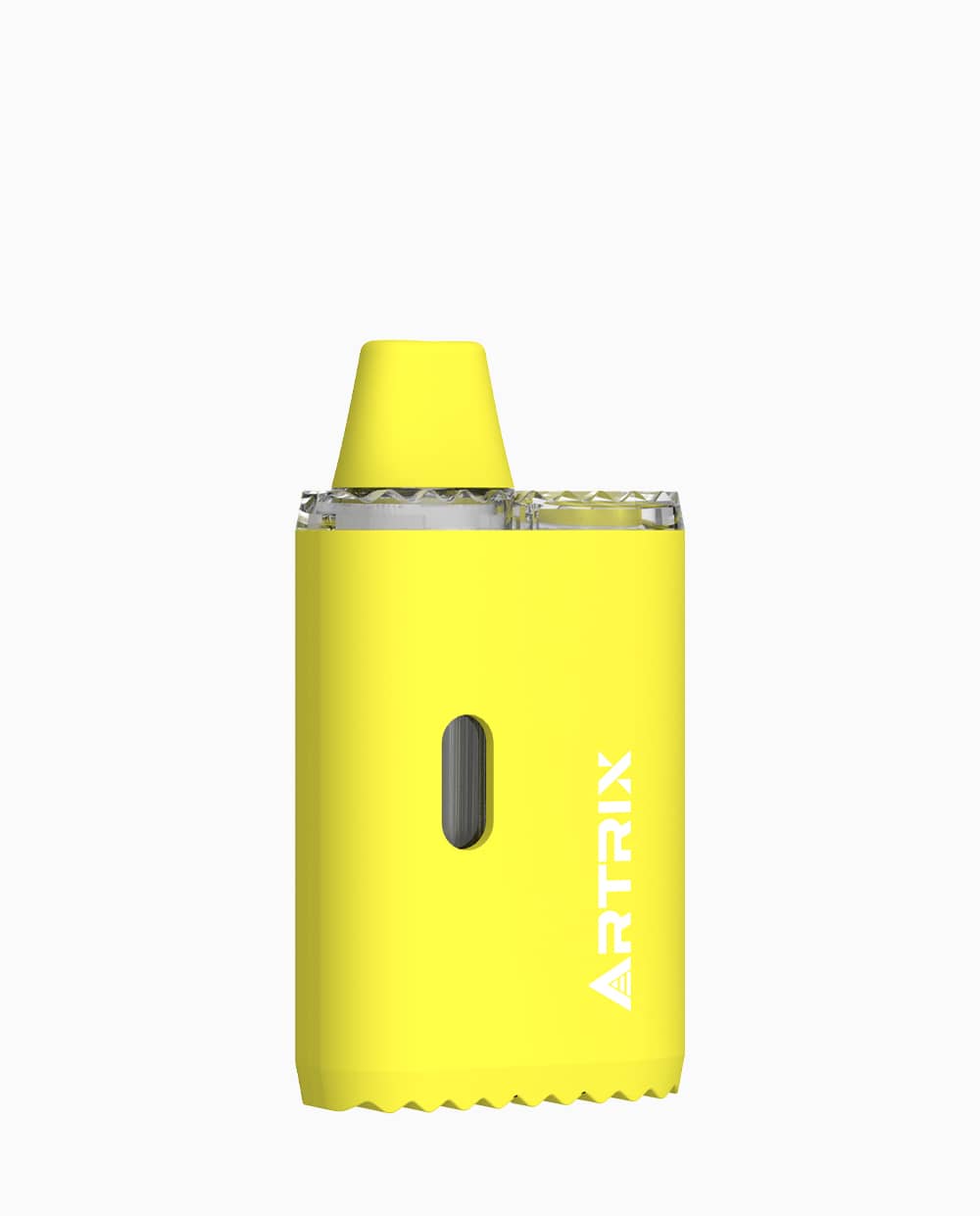

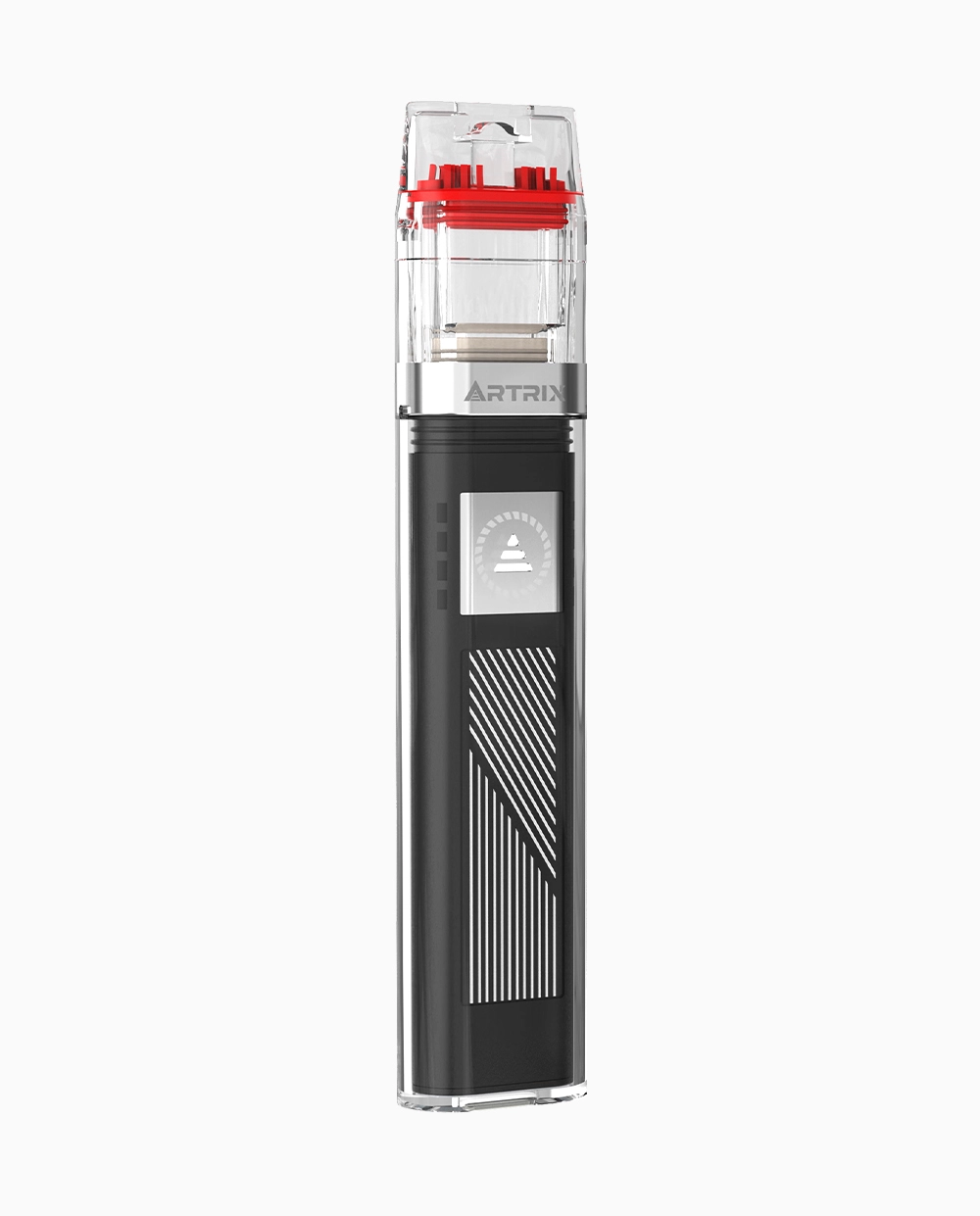
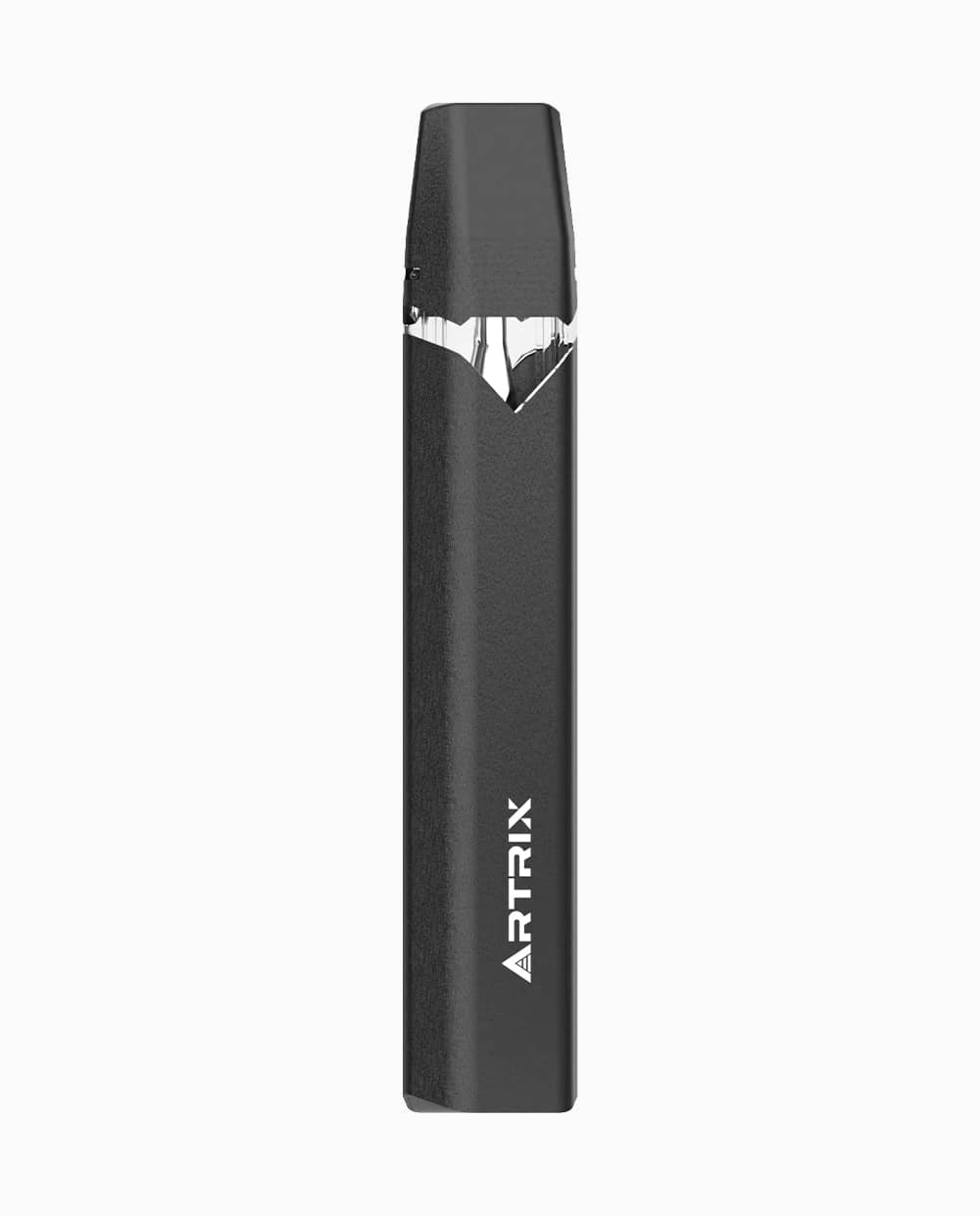
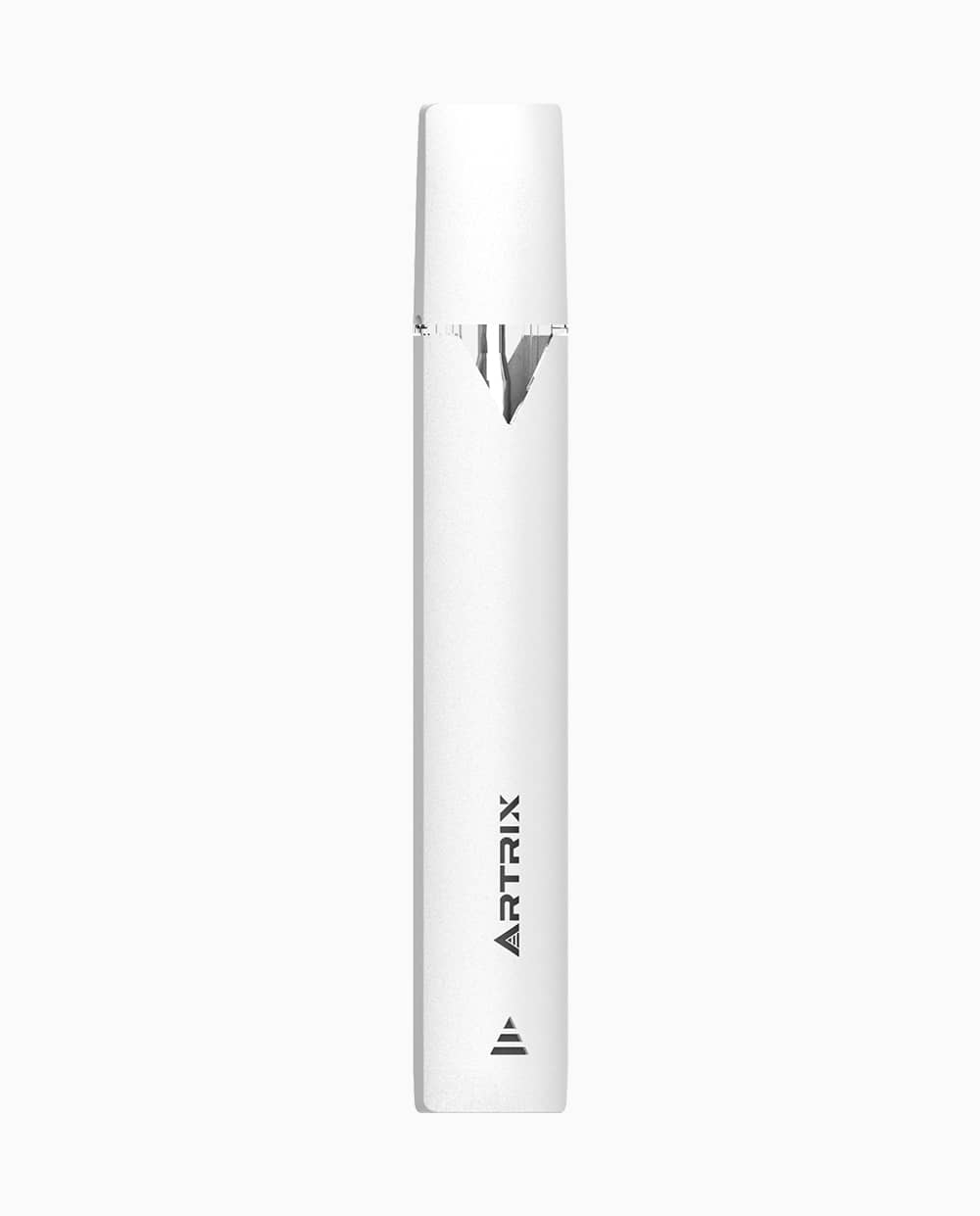
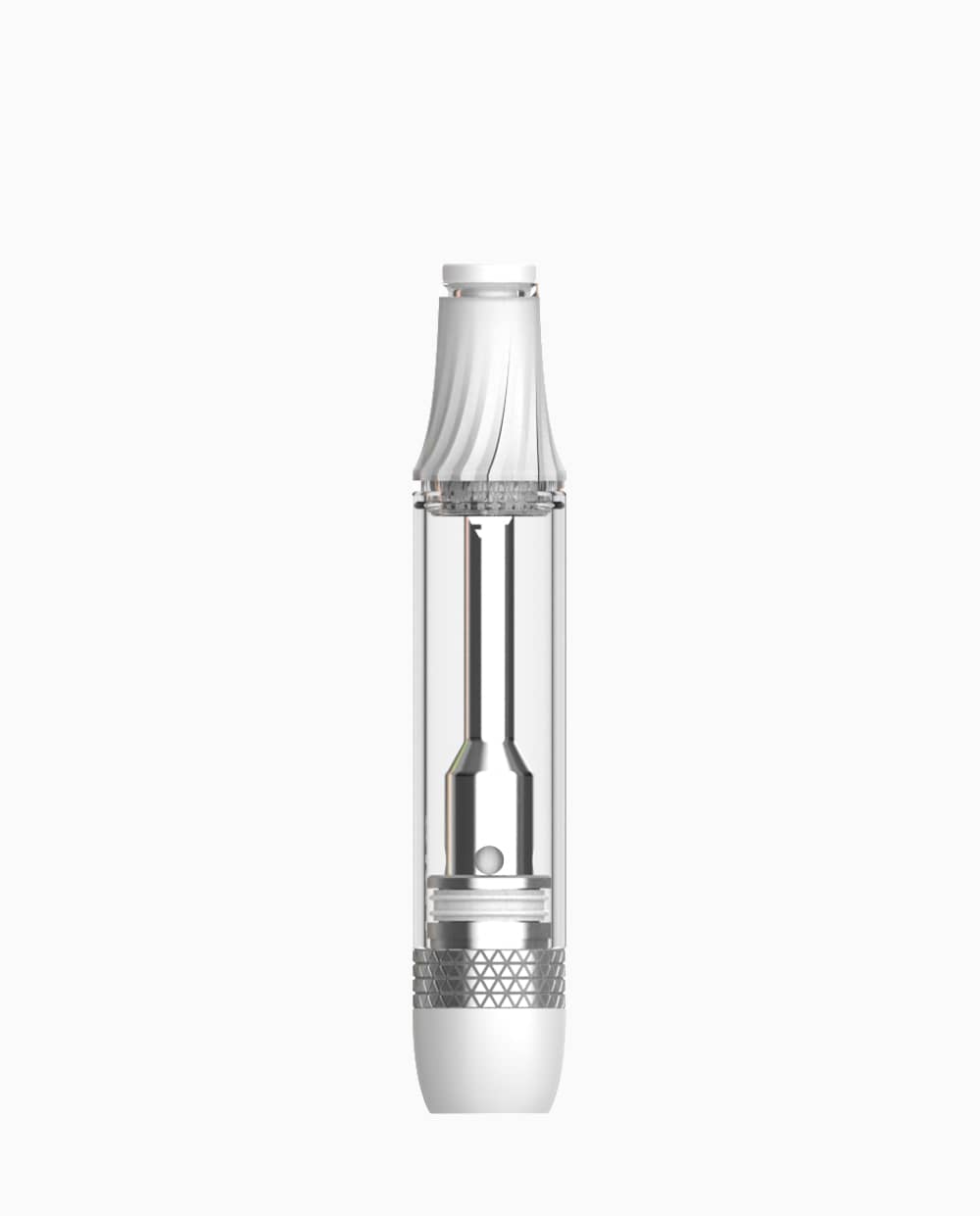

-1.webp)
-1.webp)
-2.webp)
